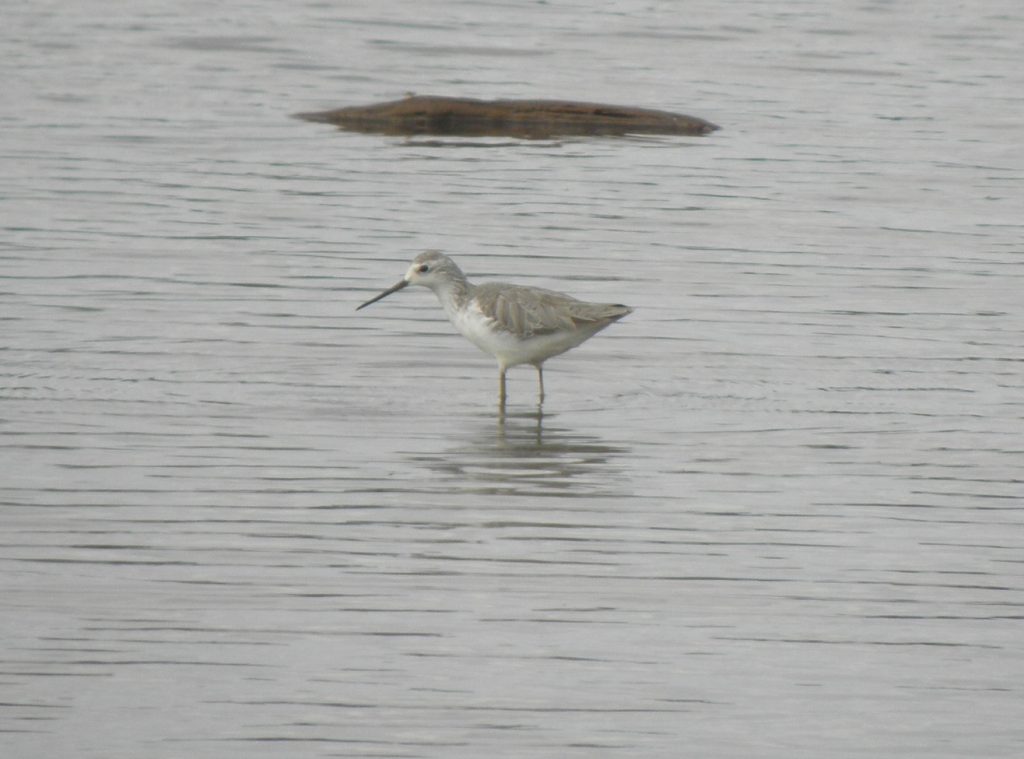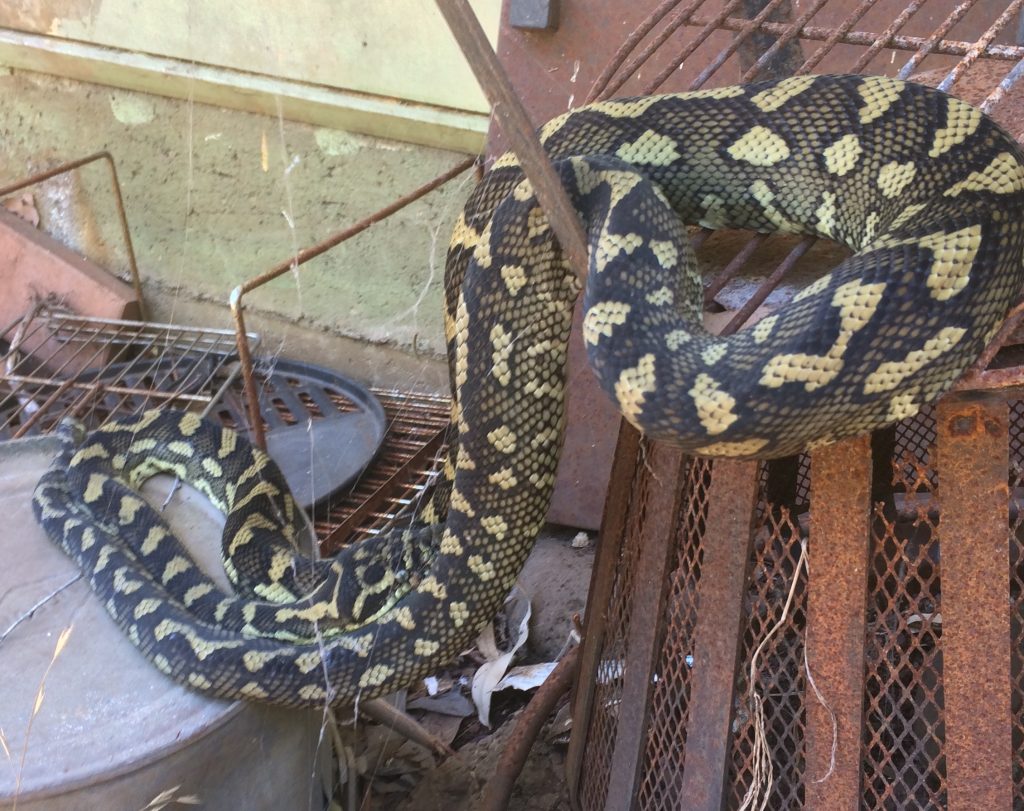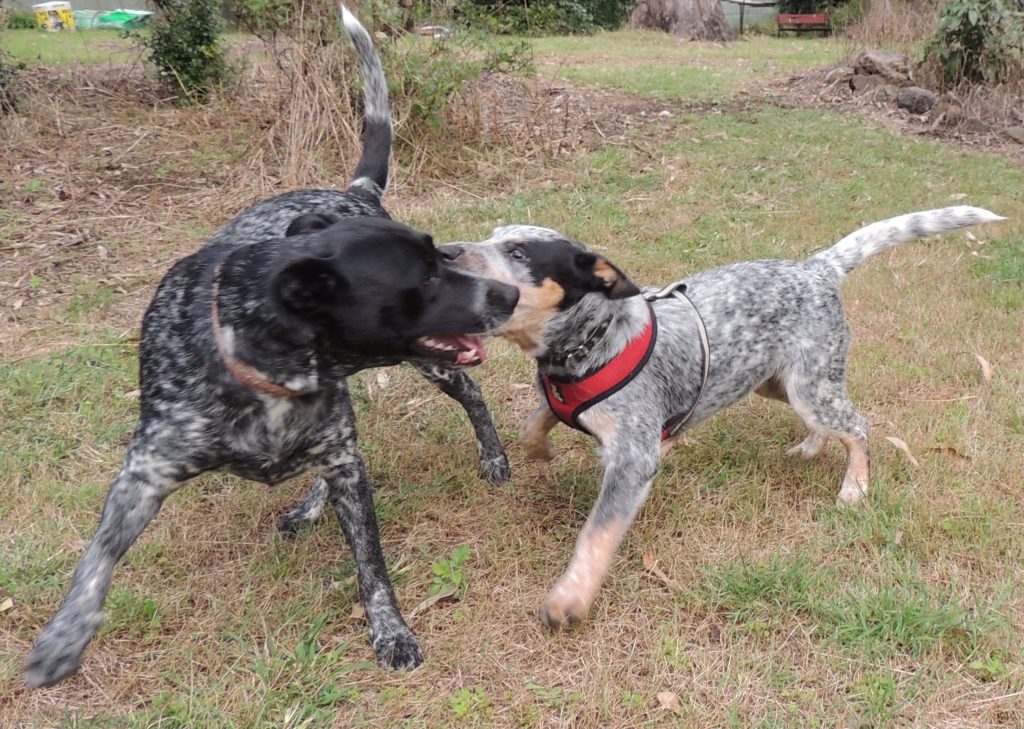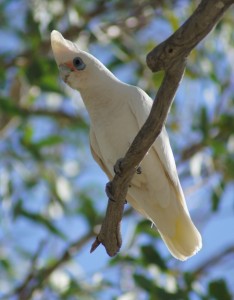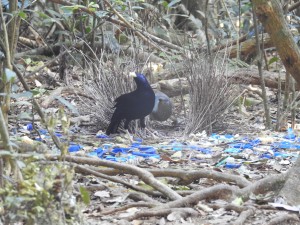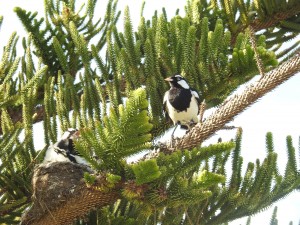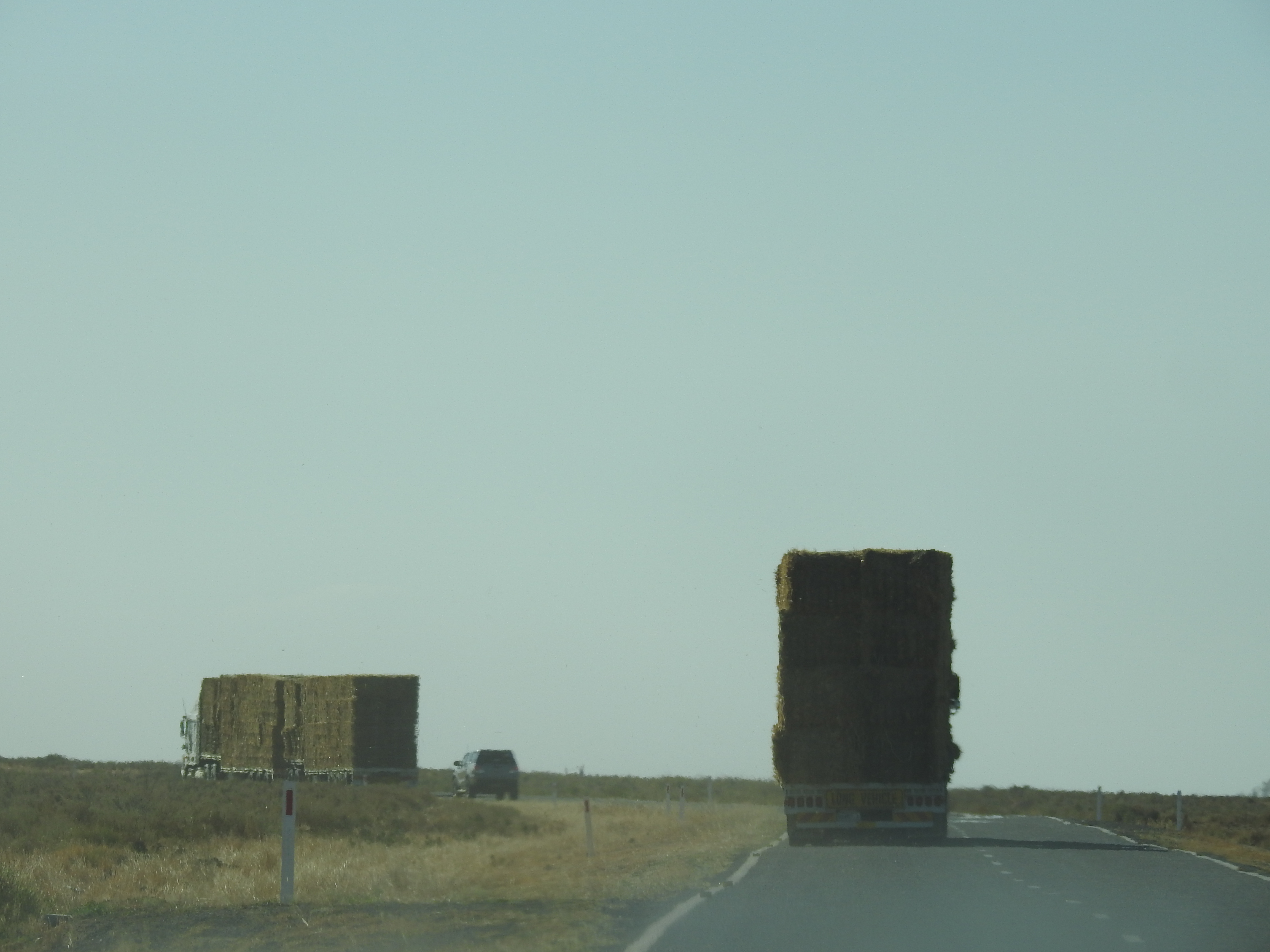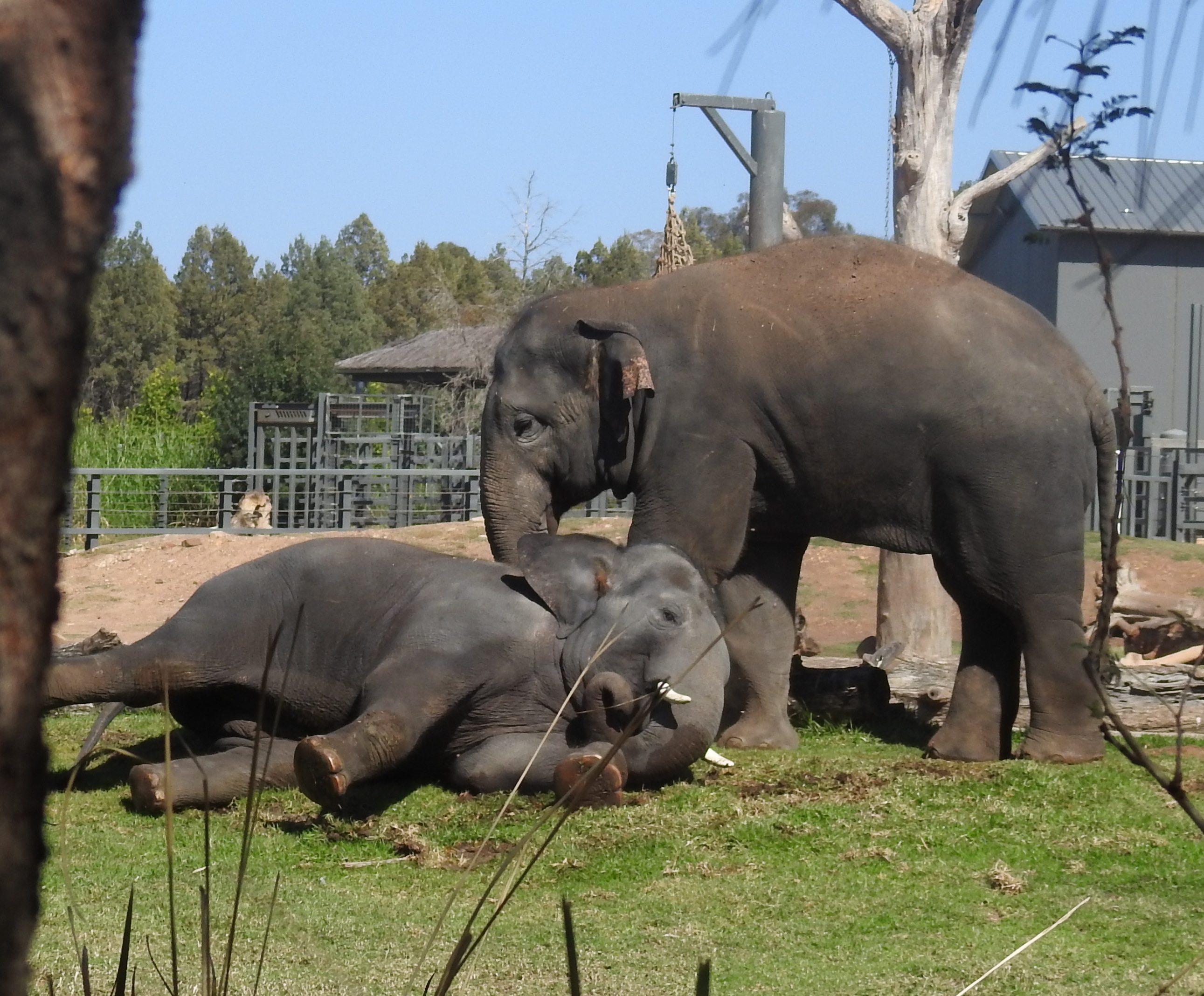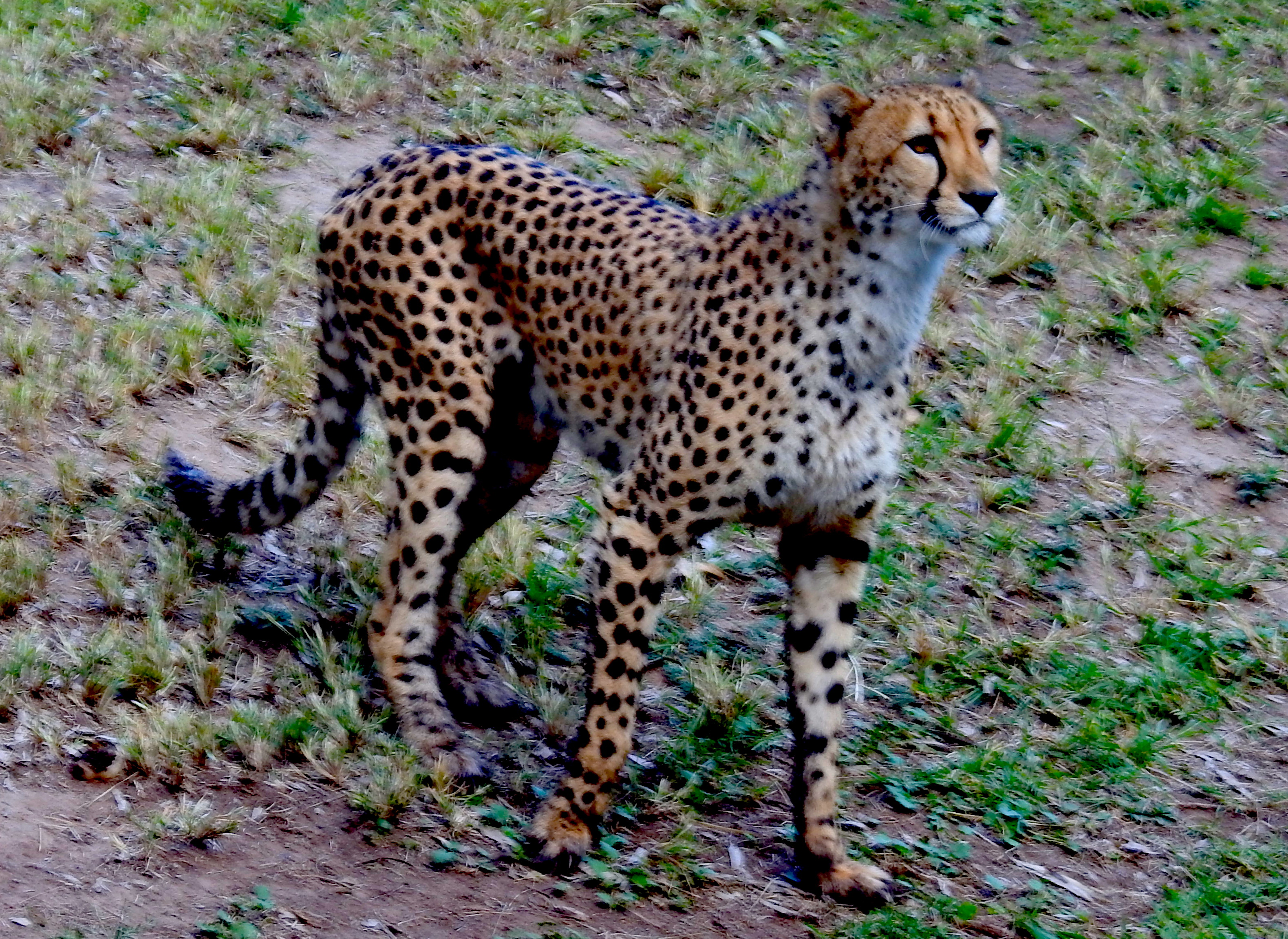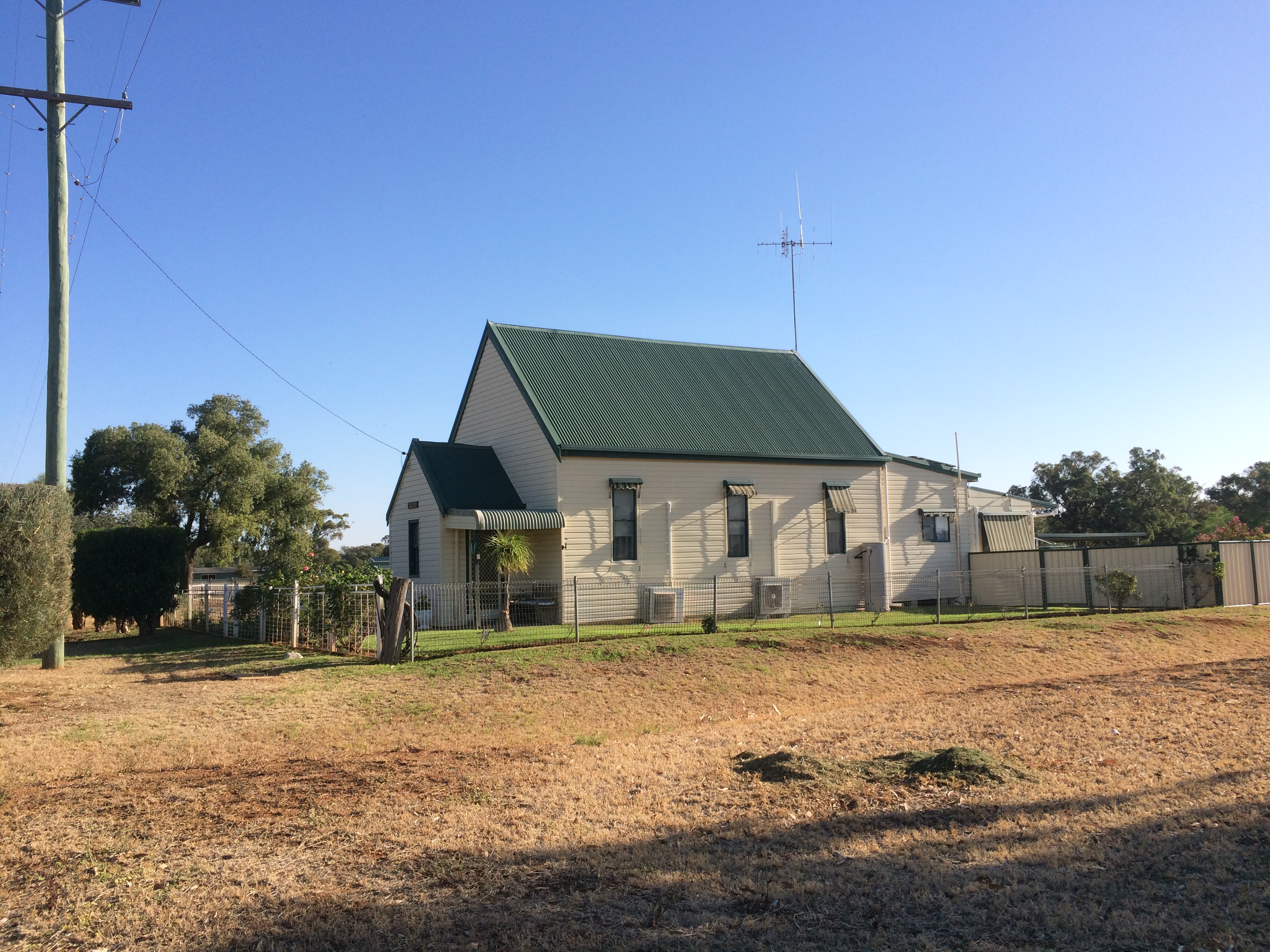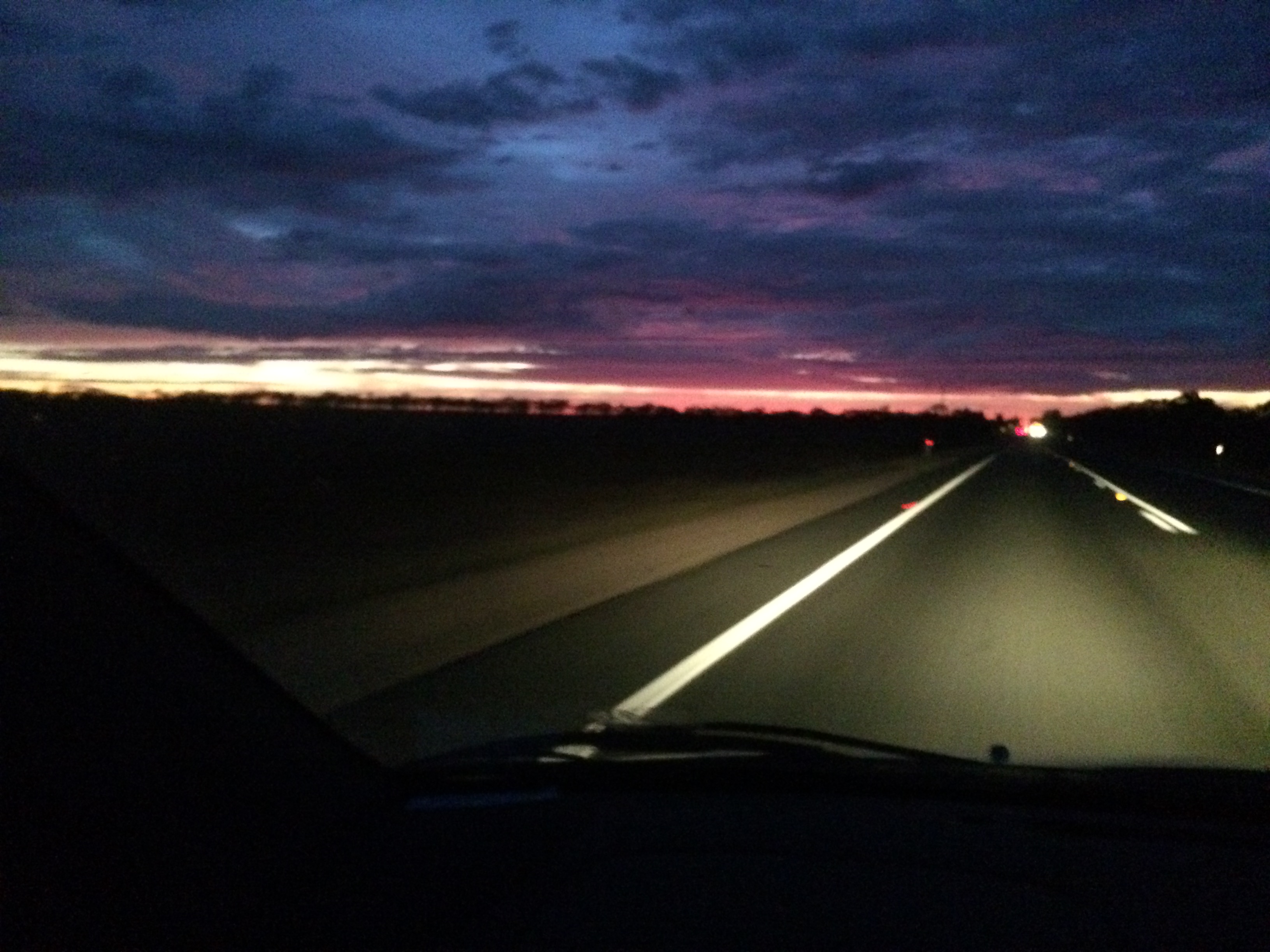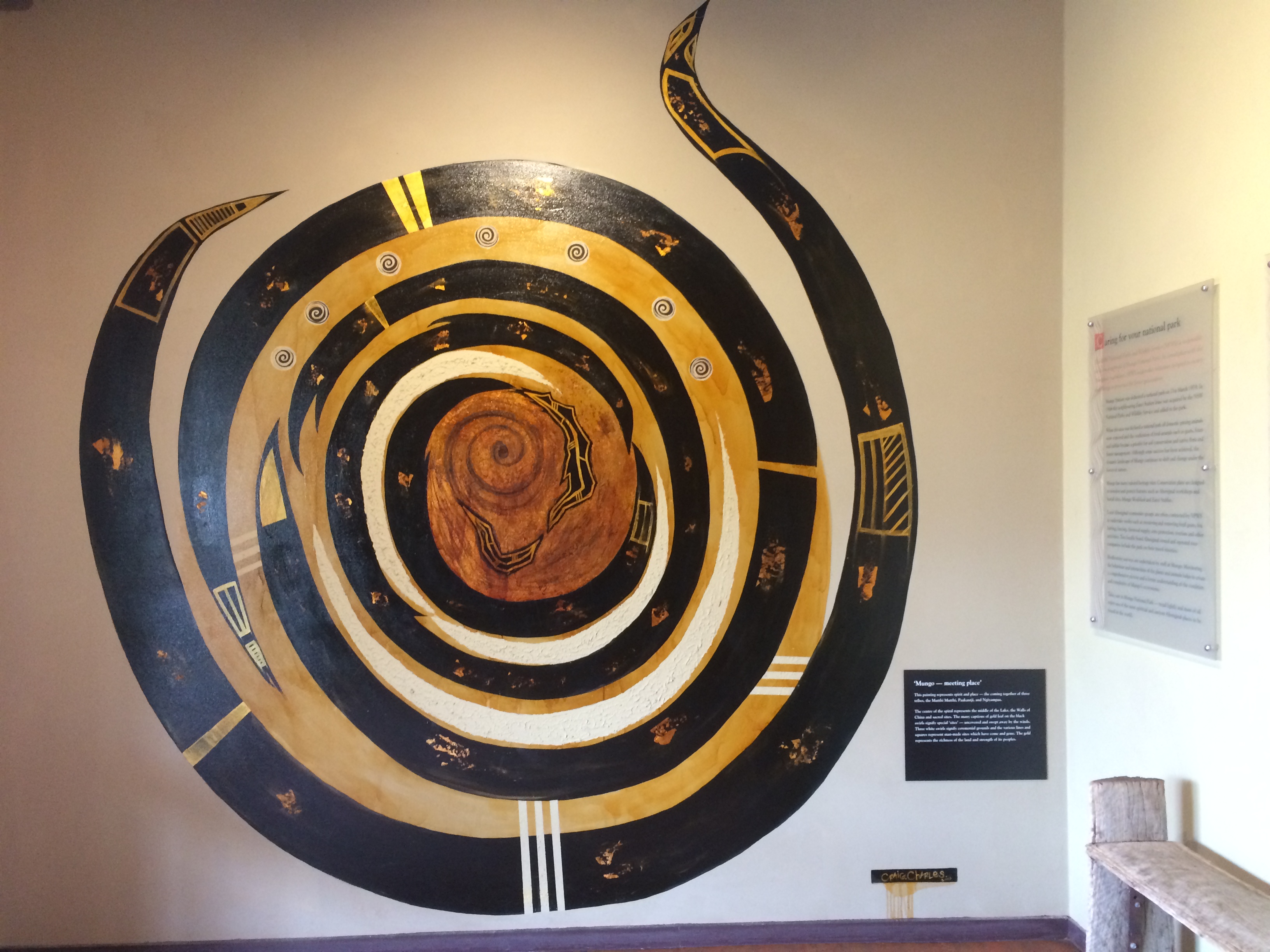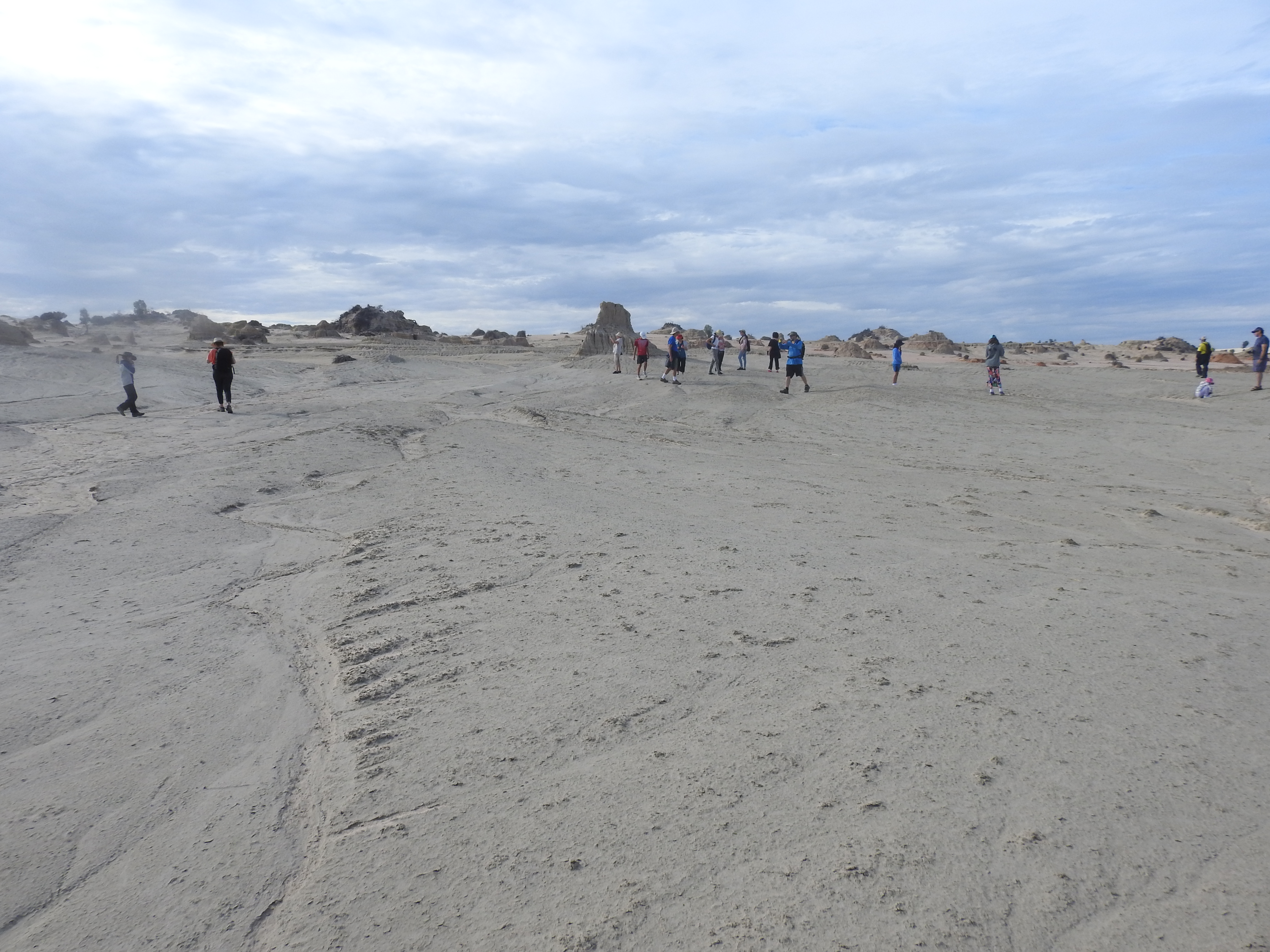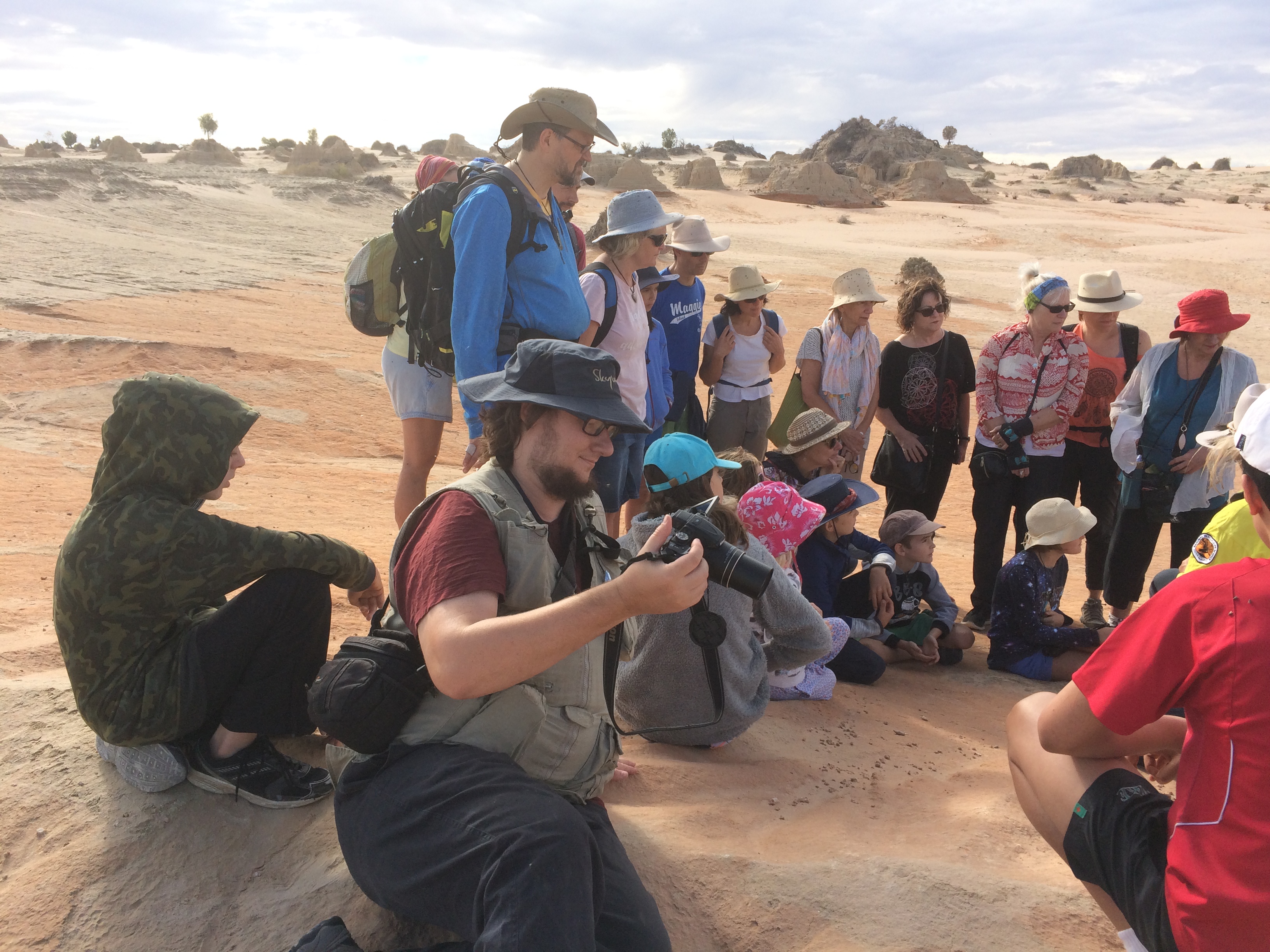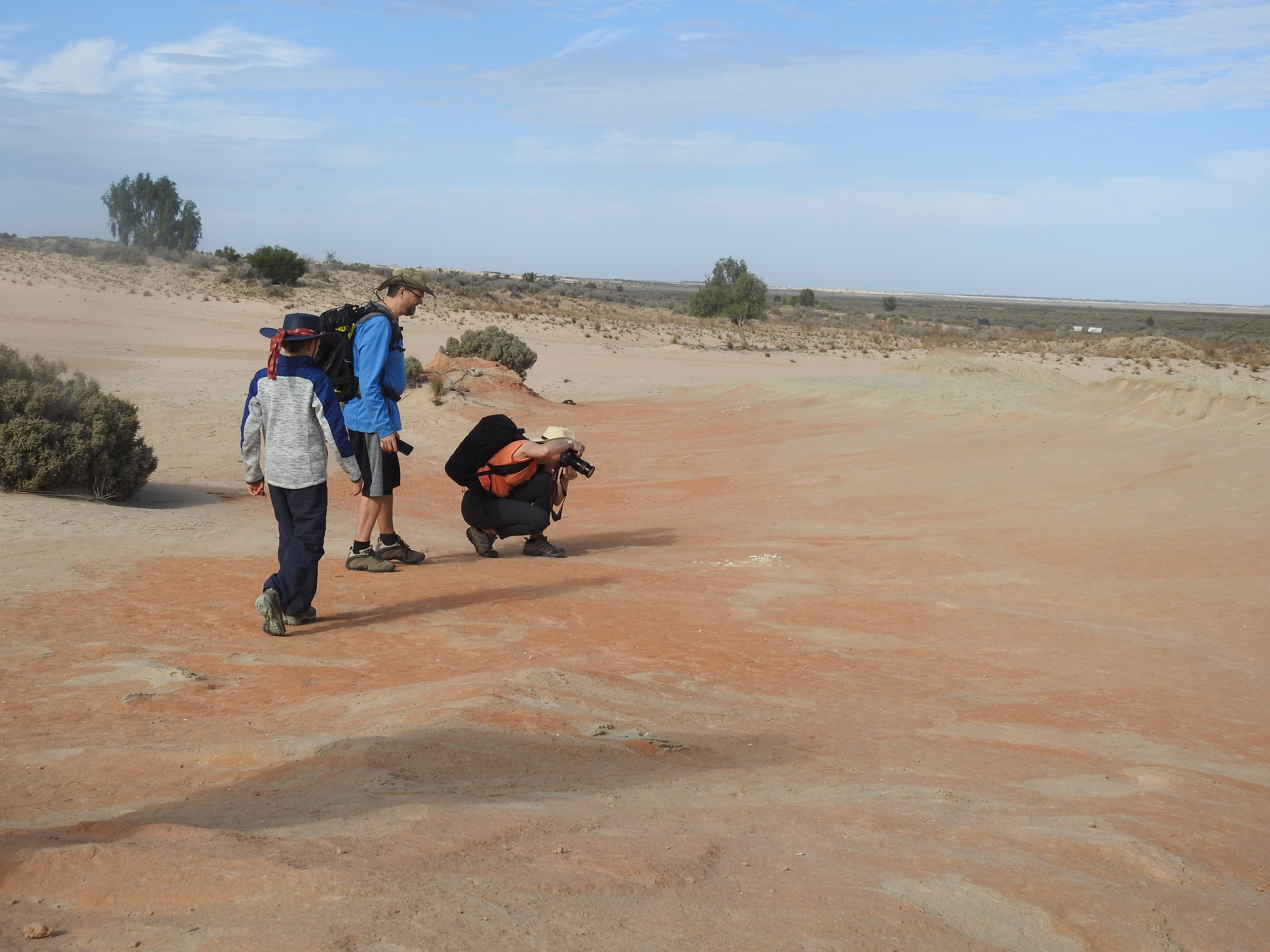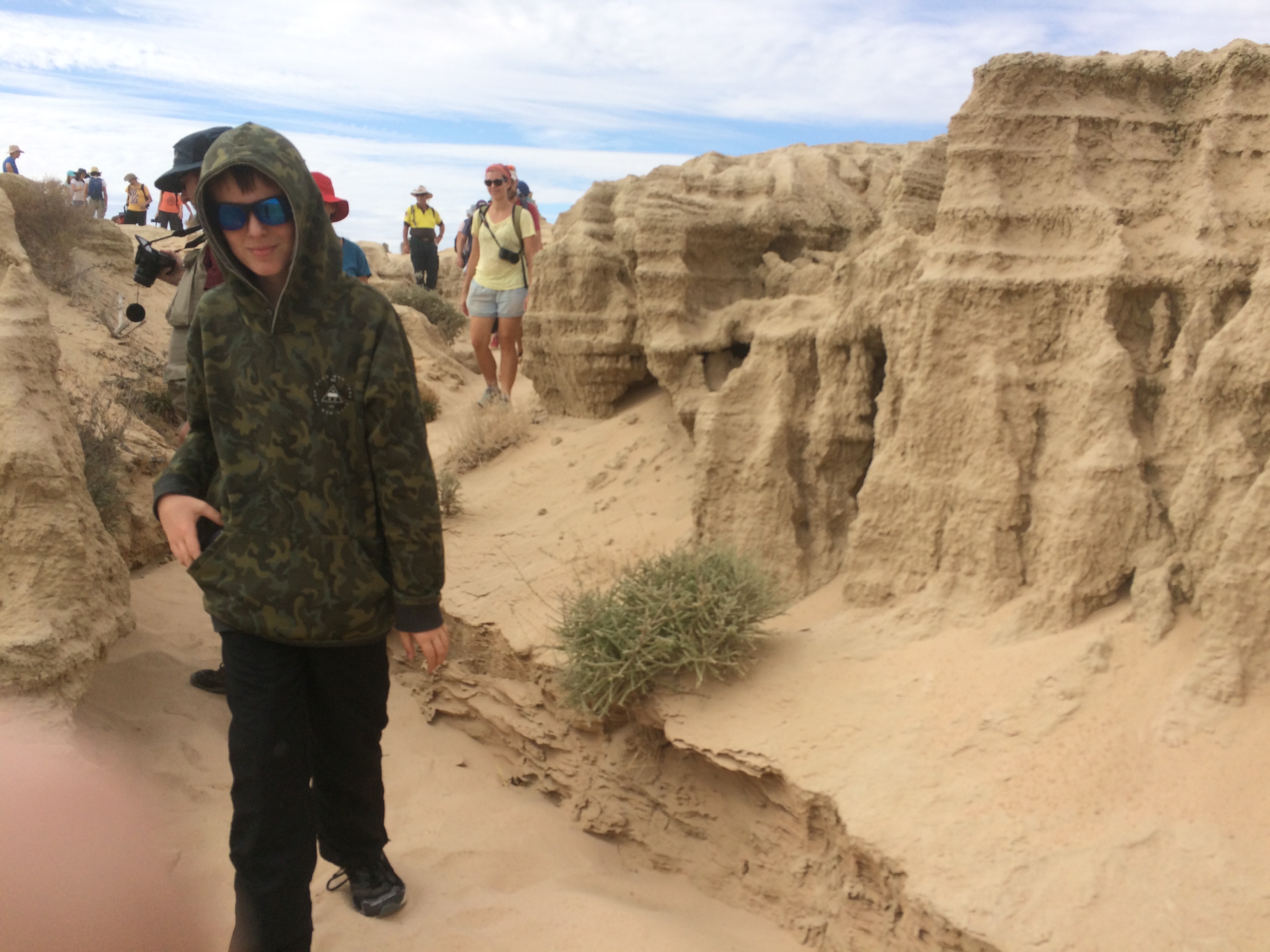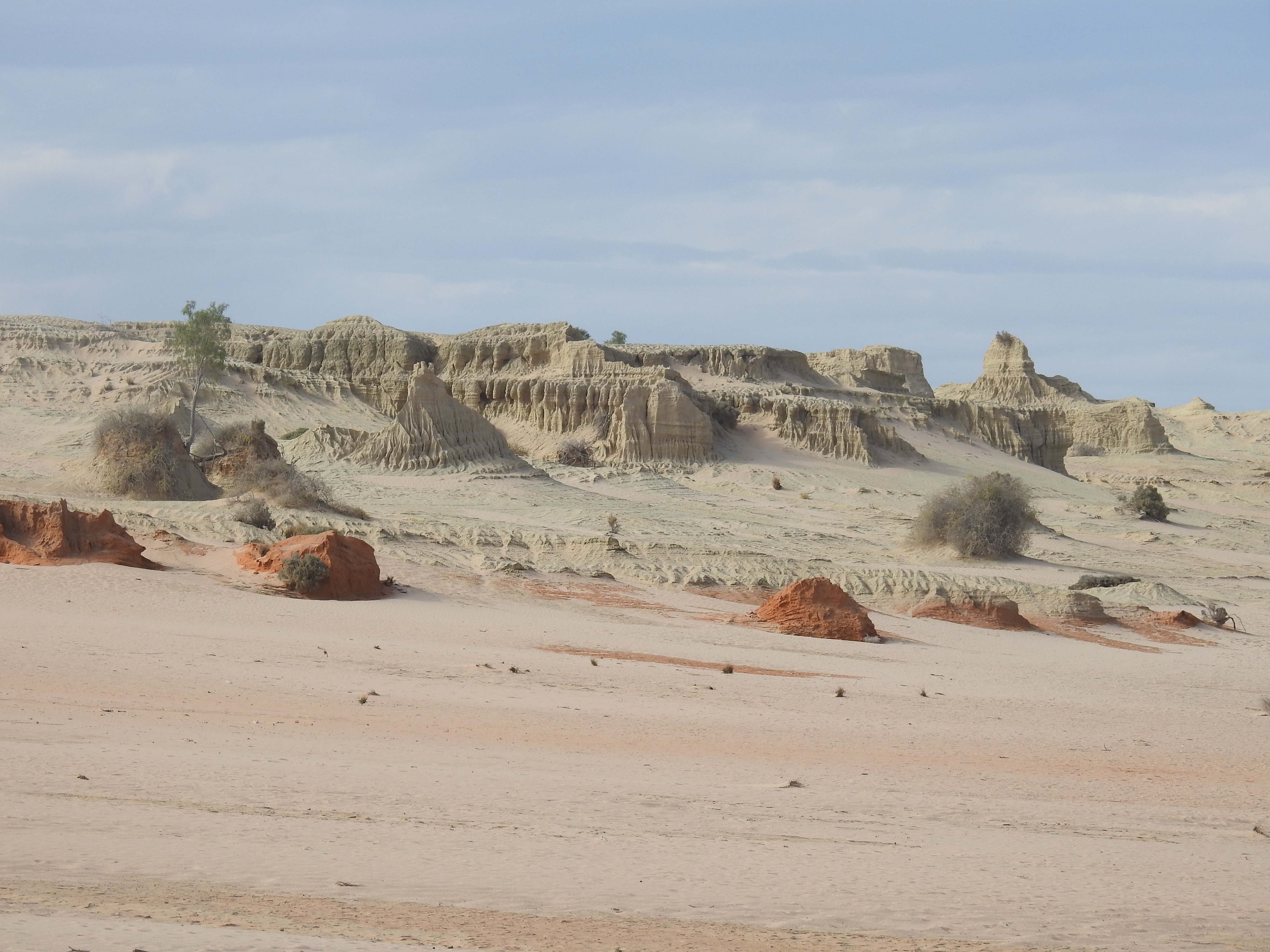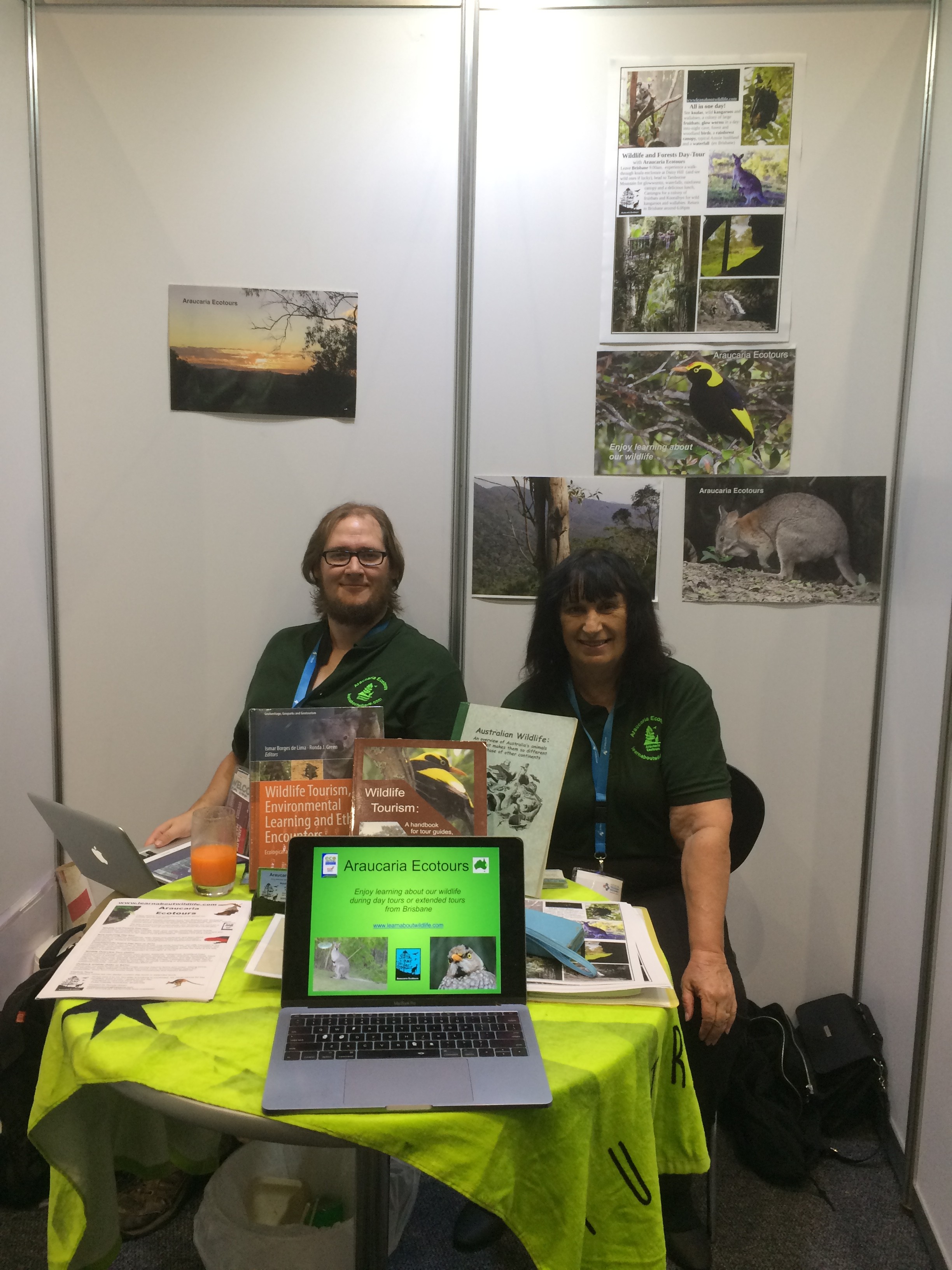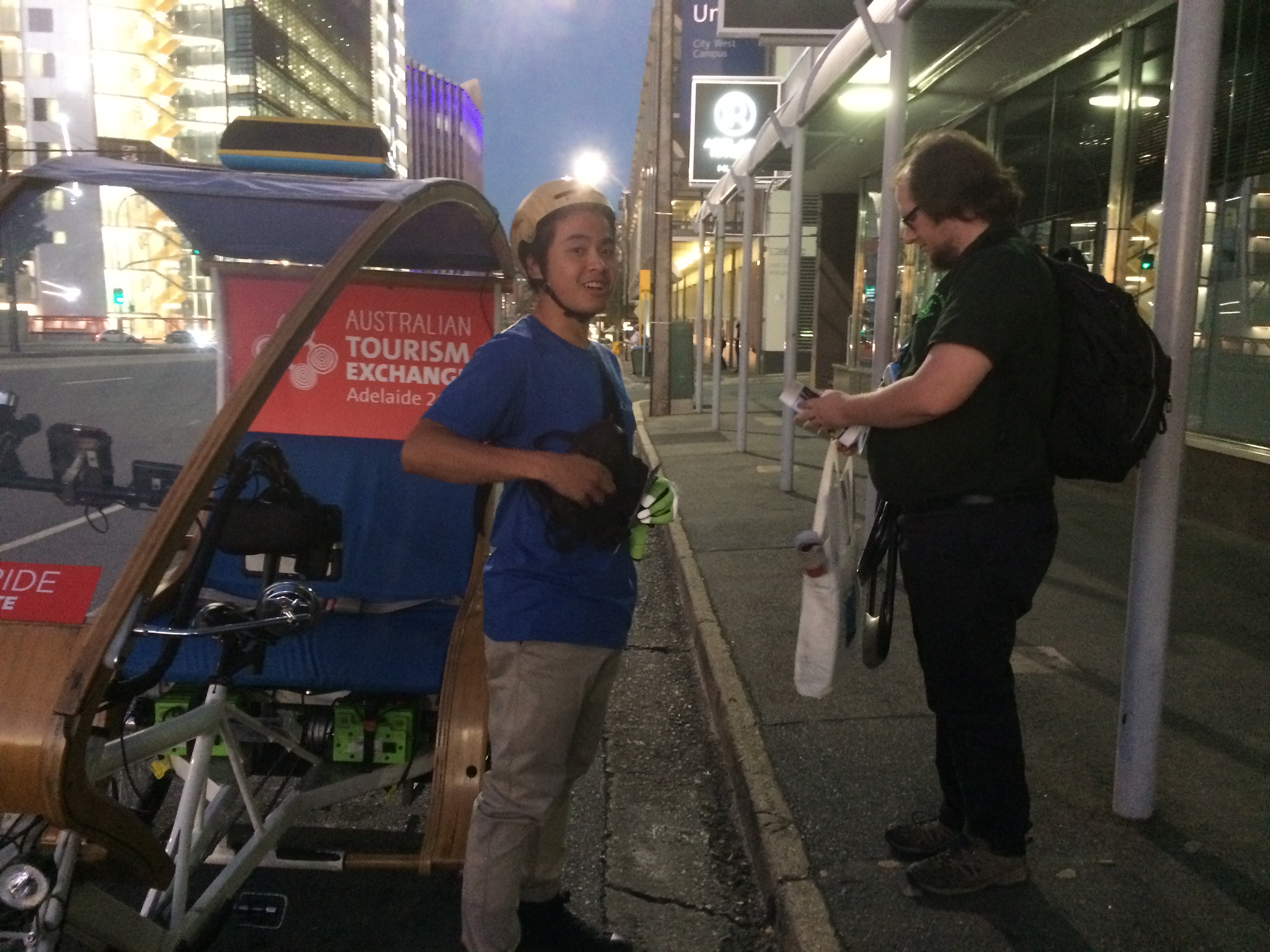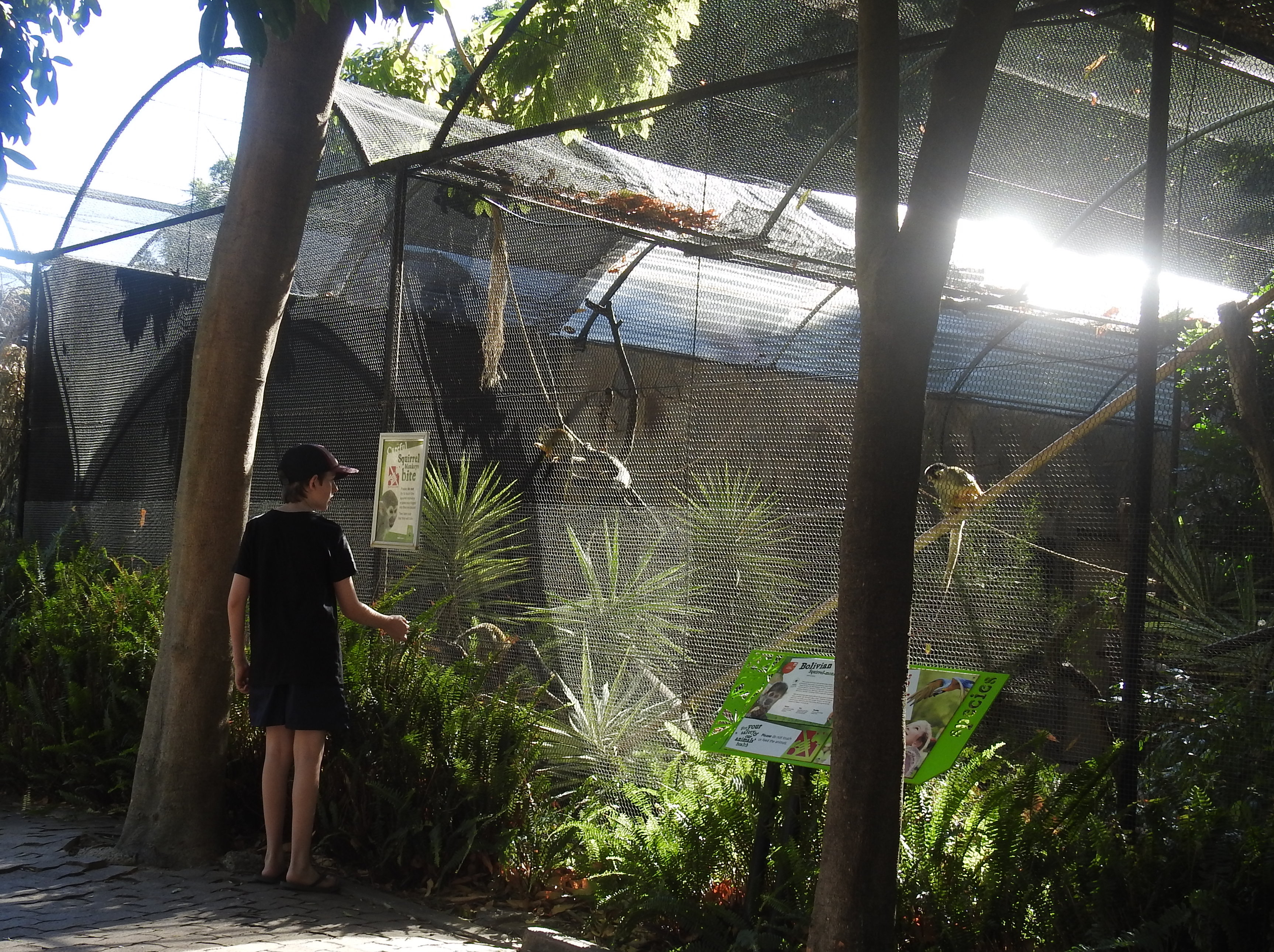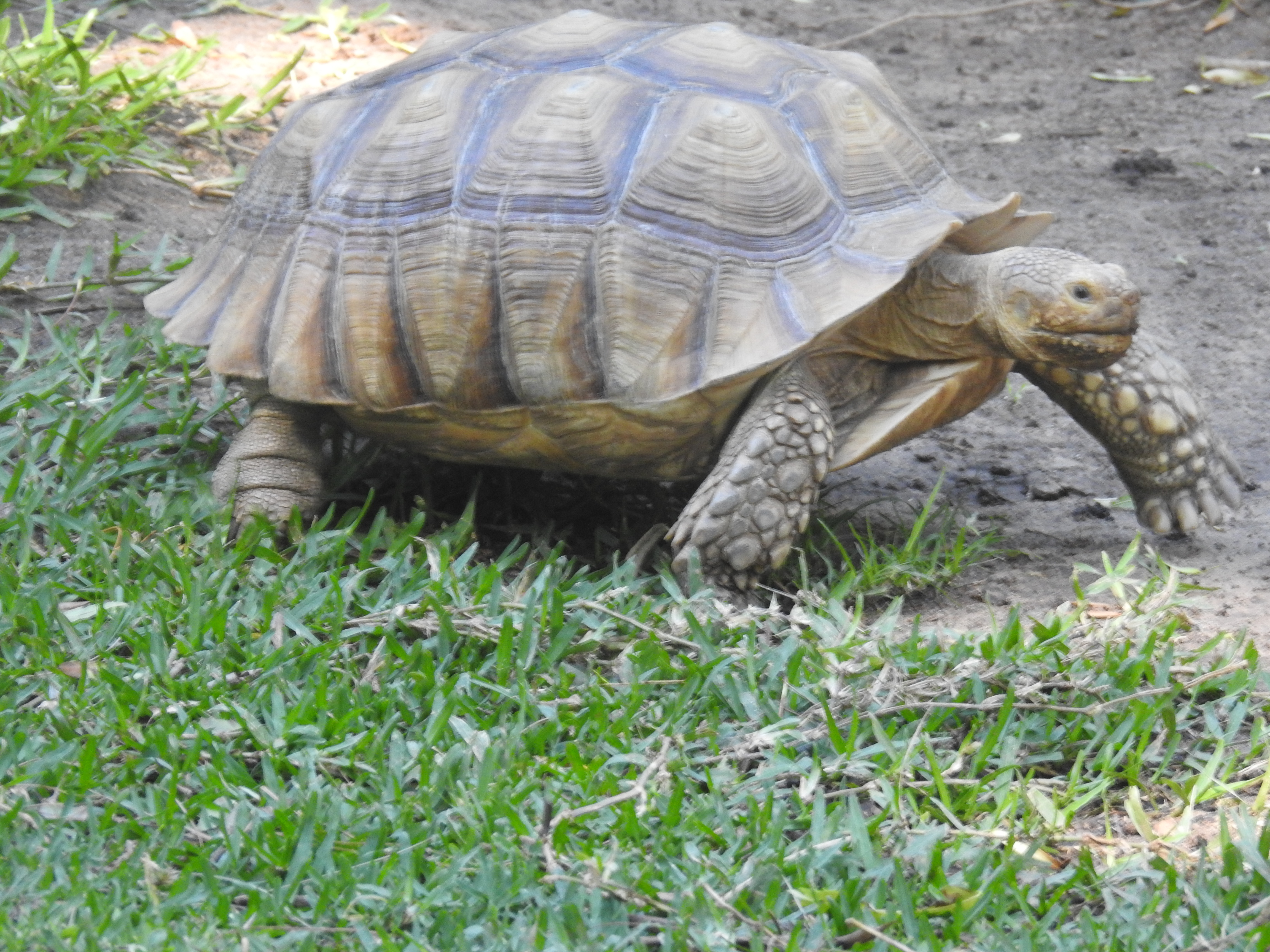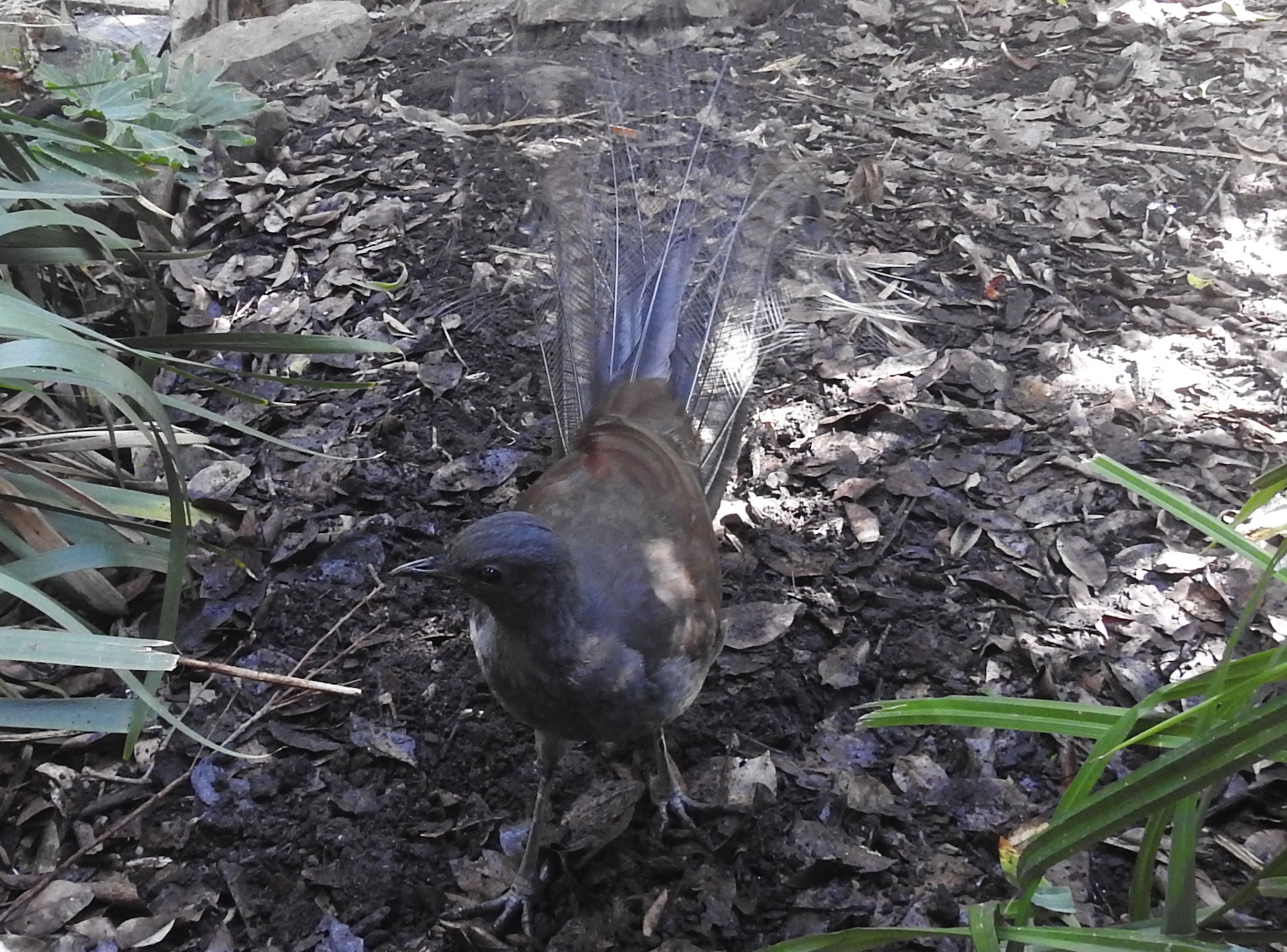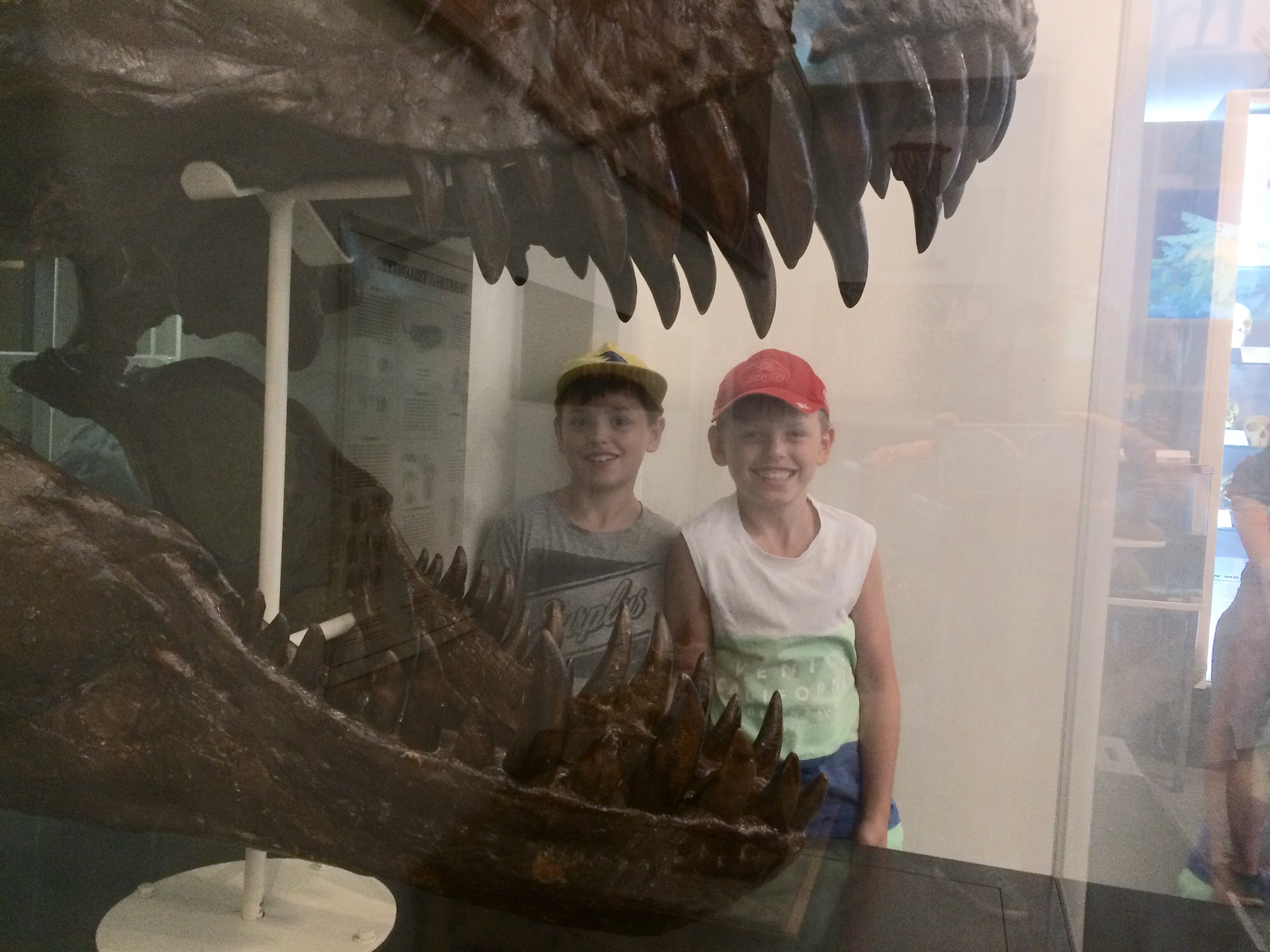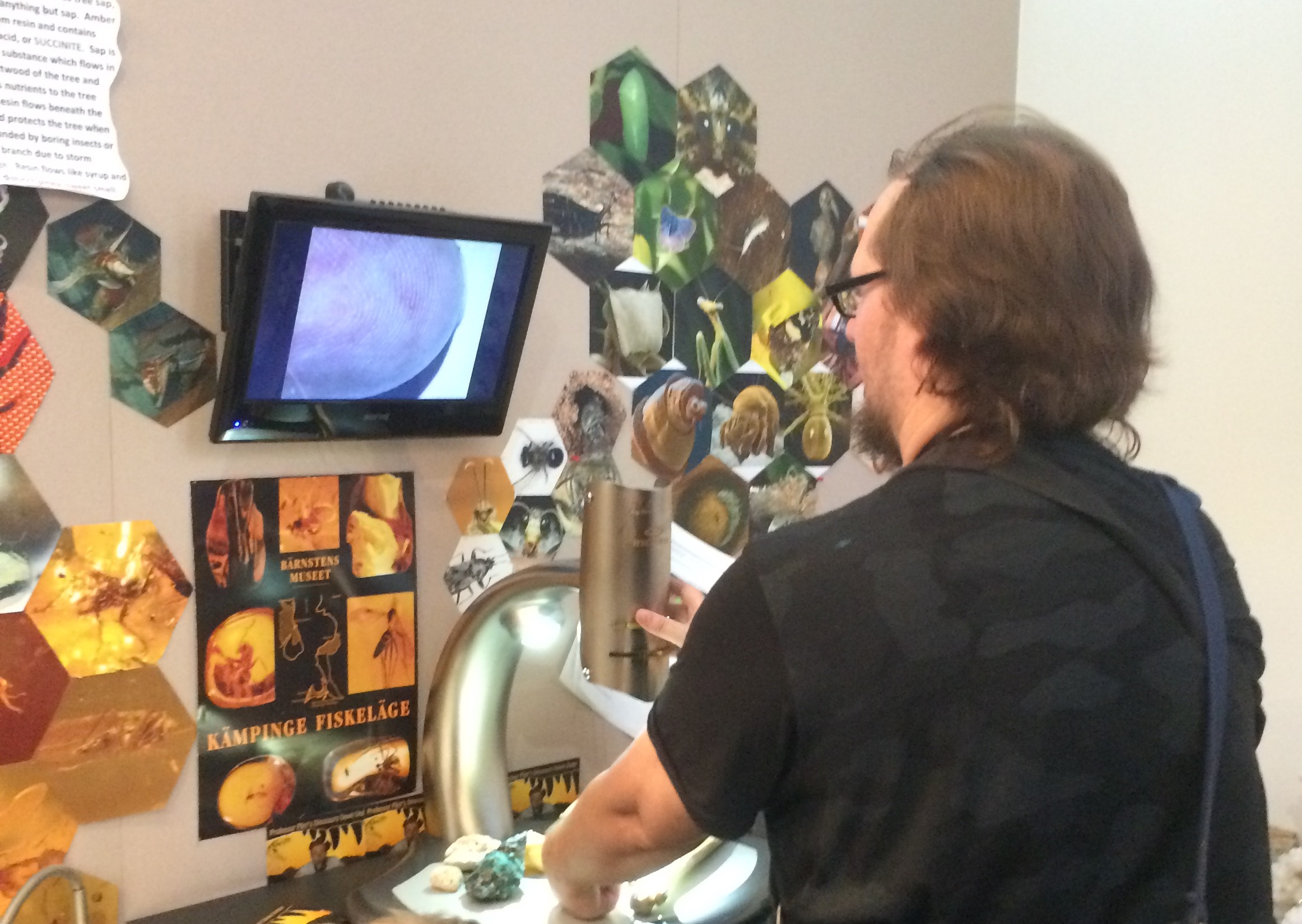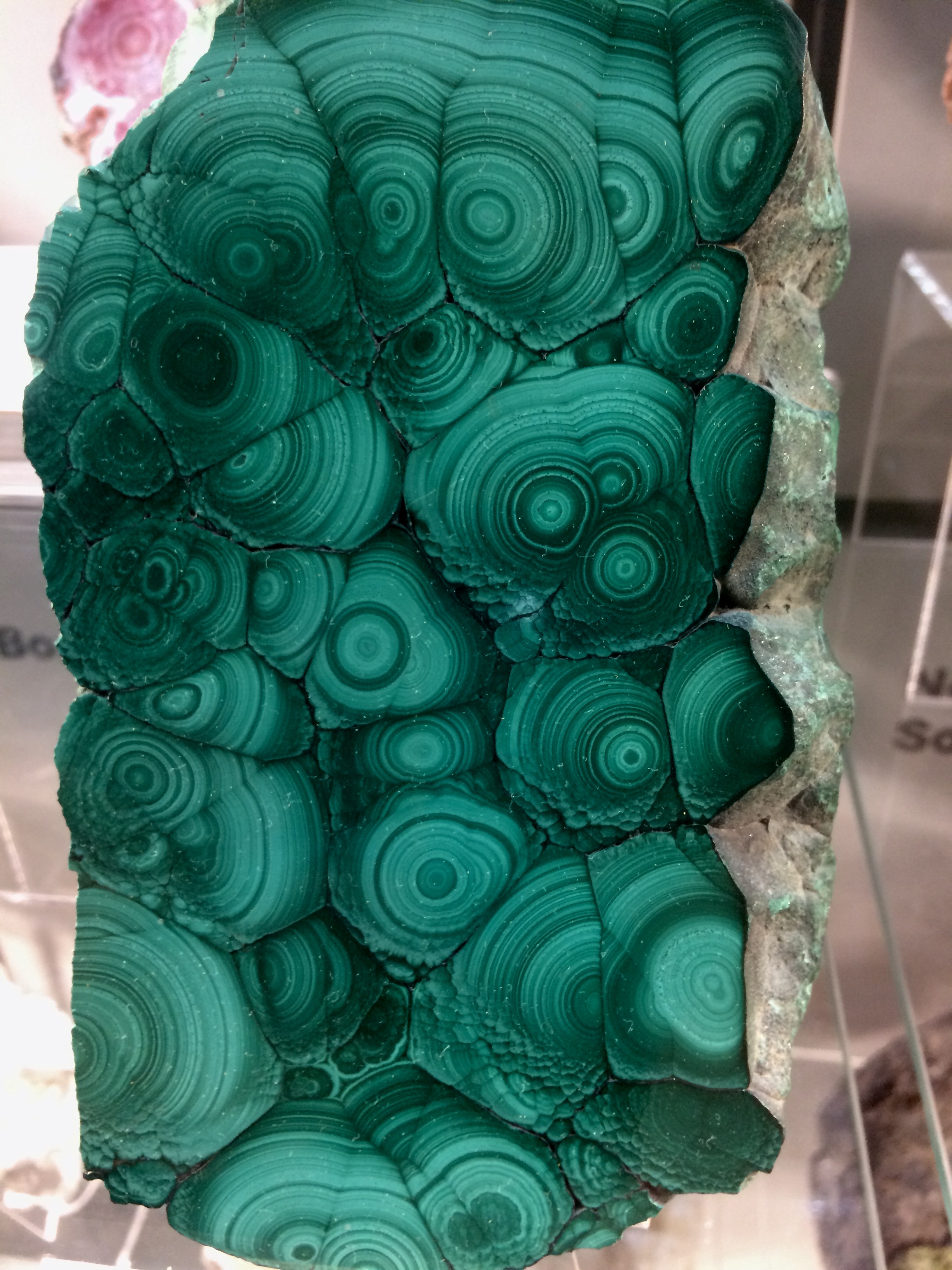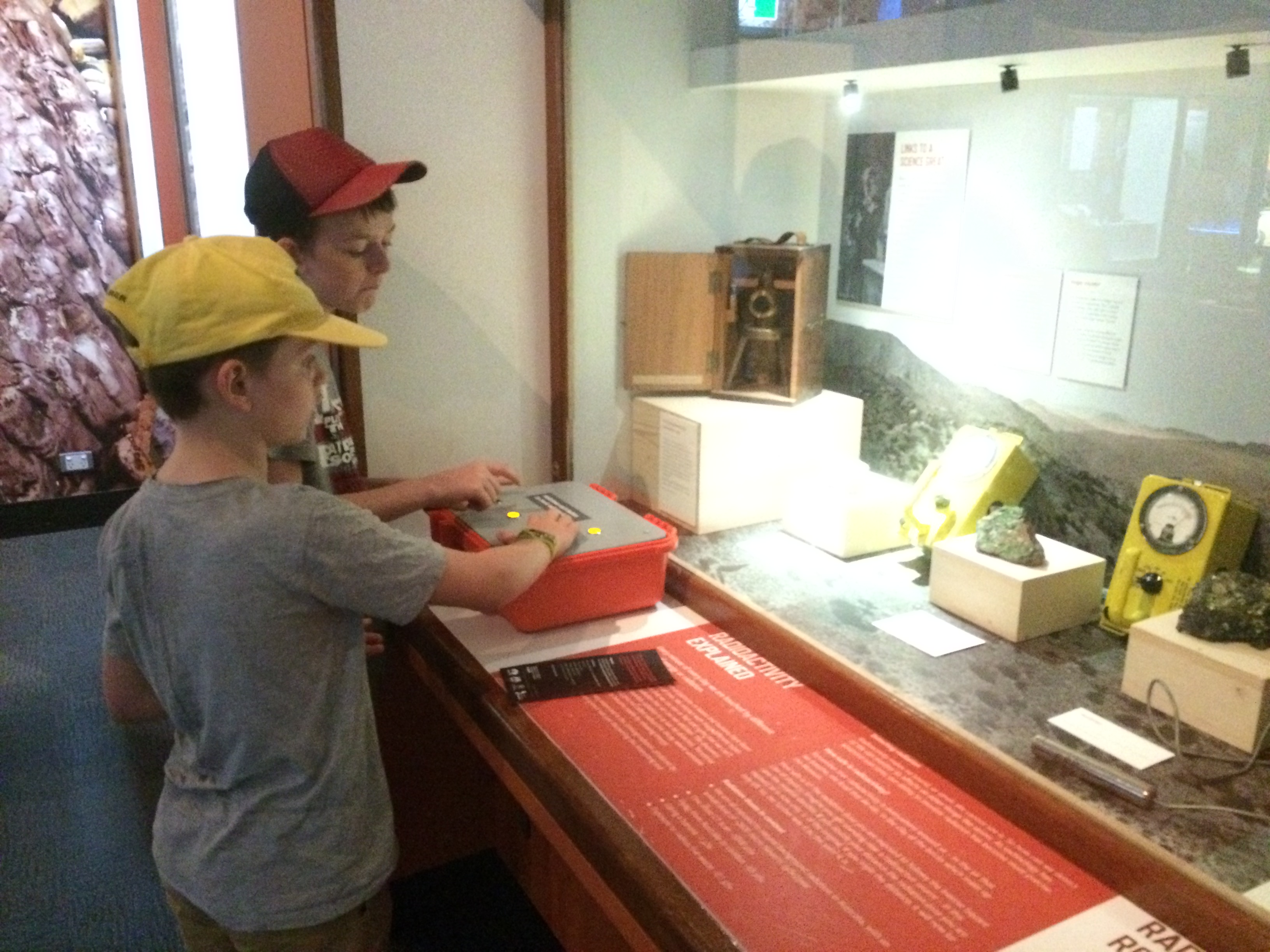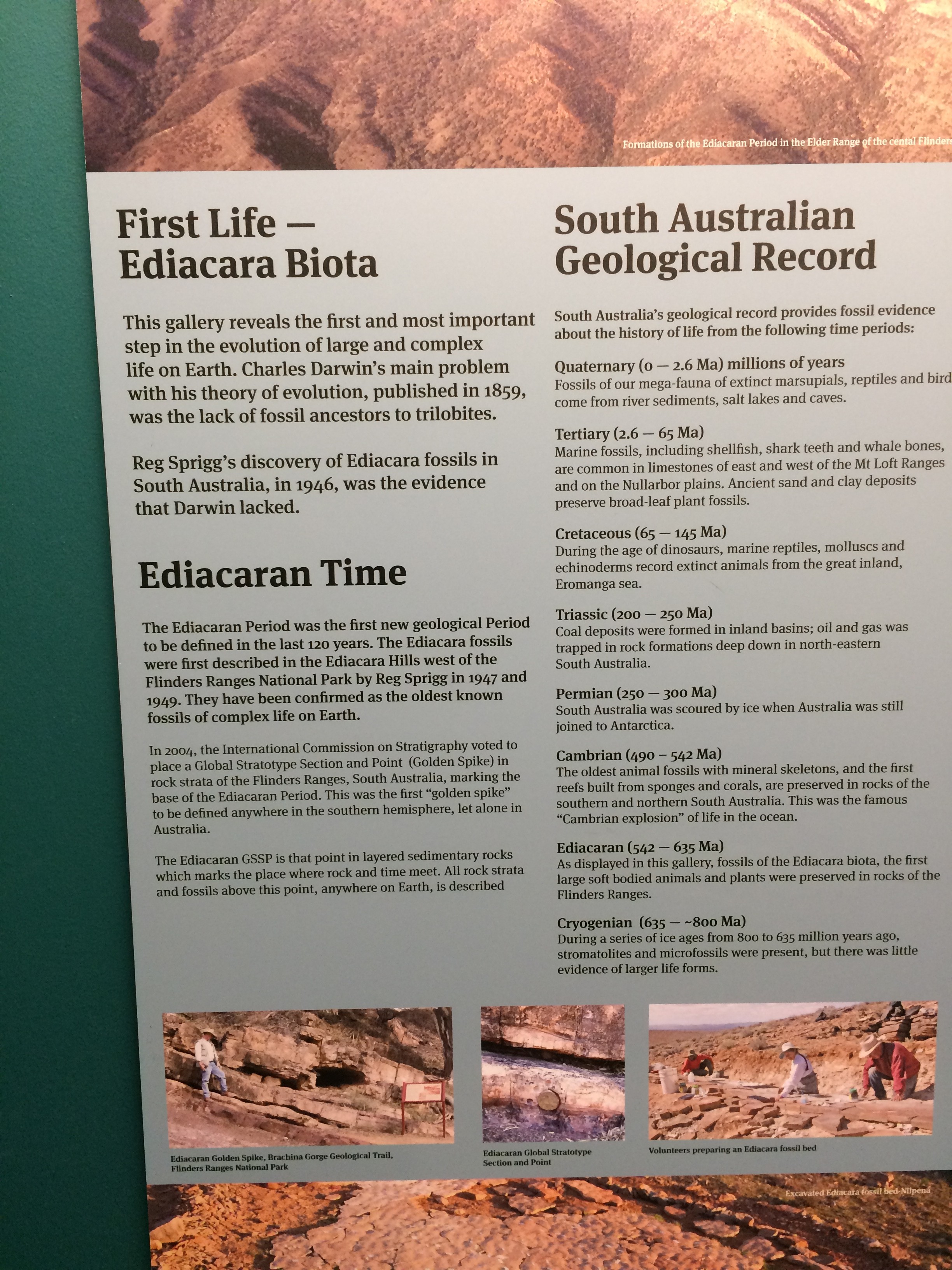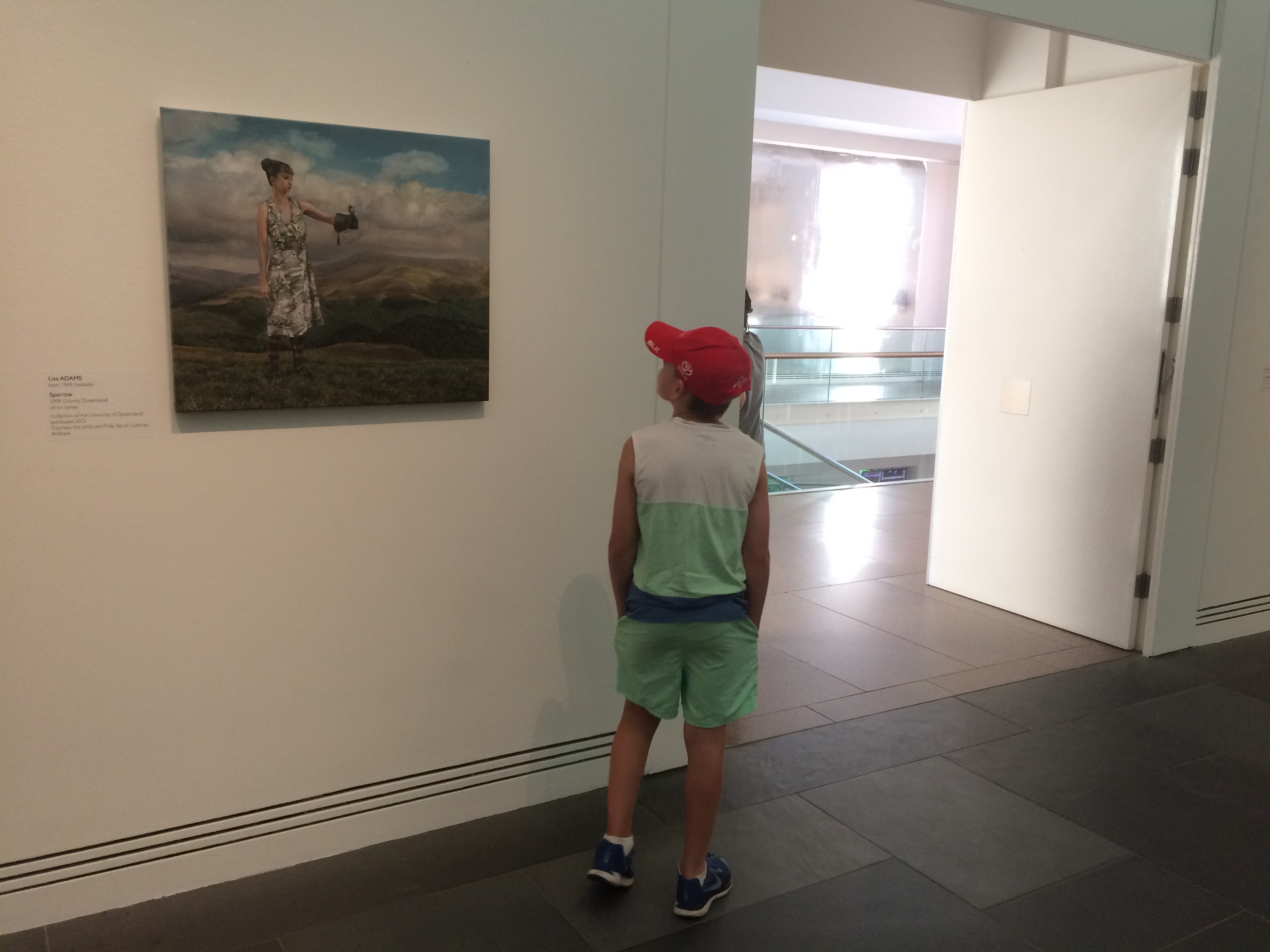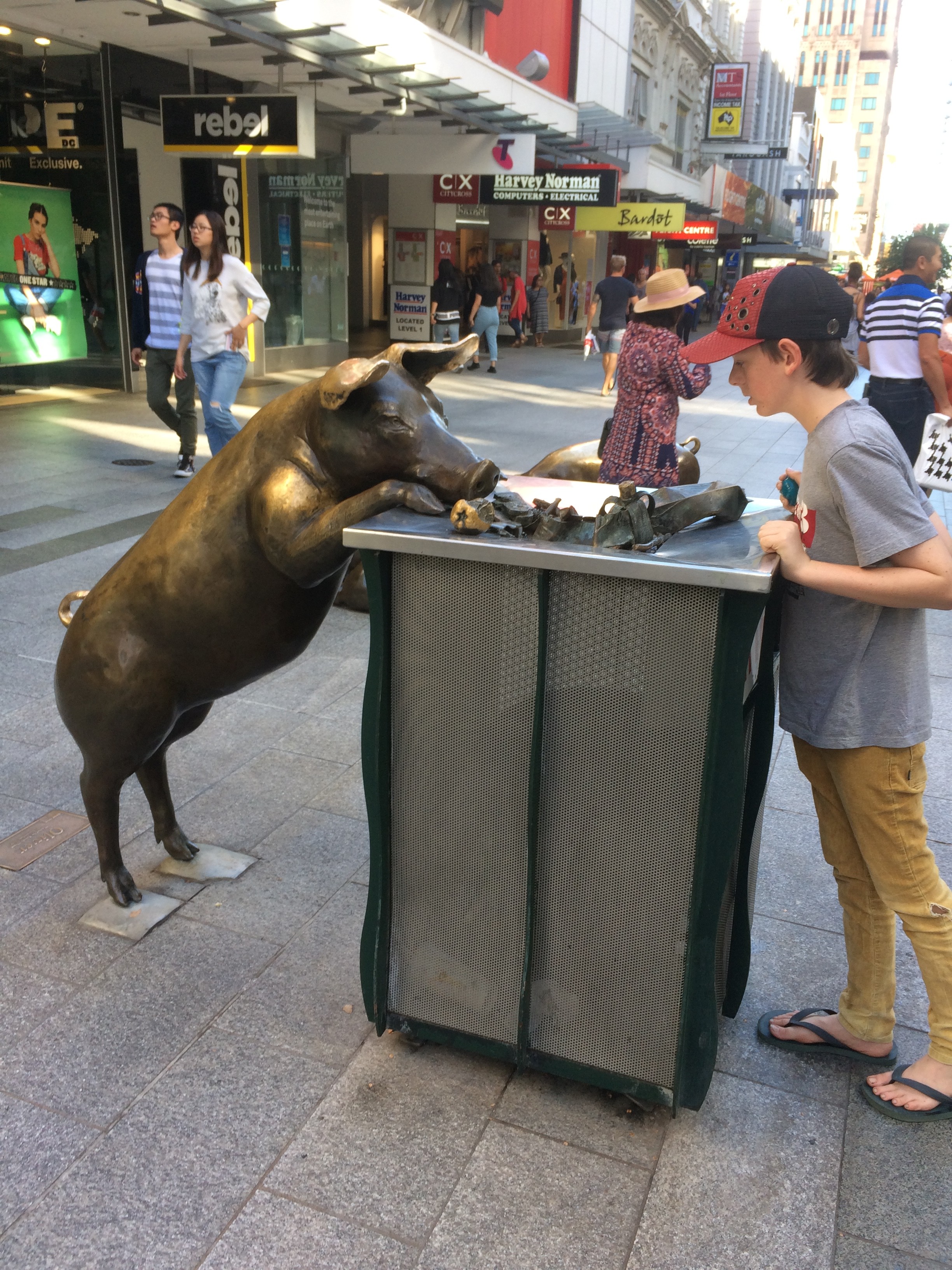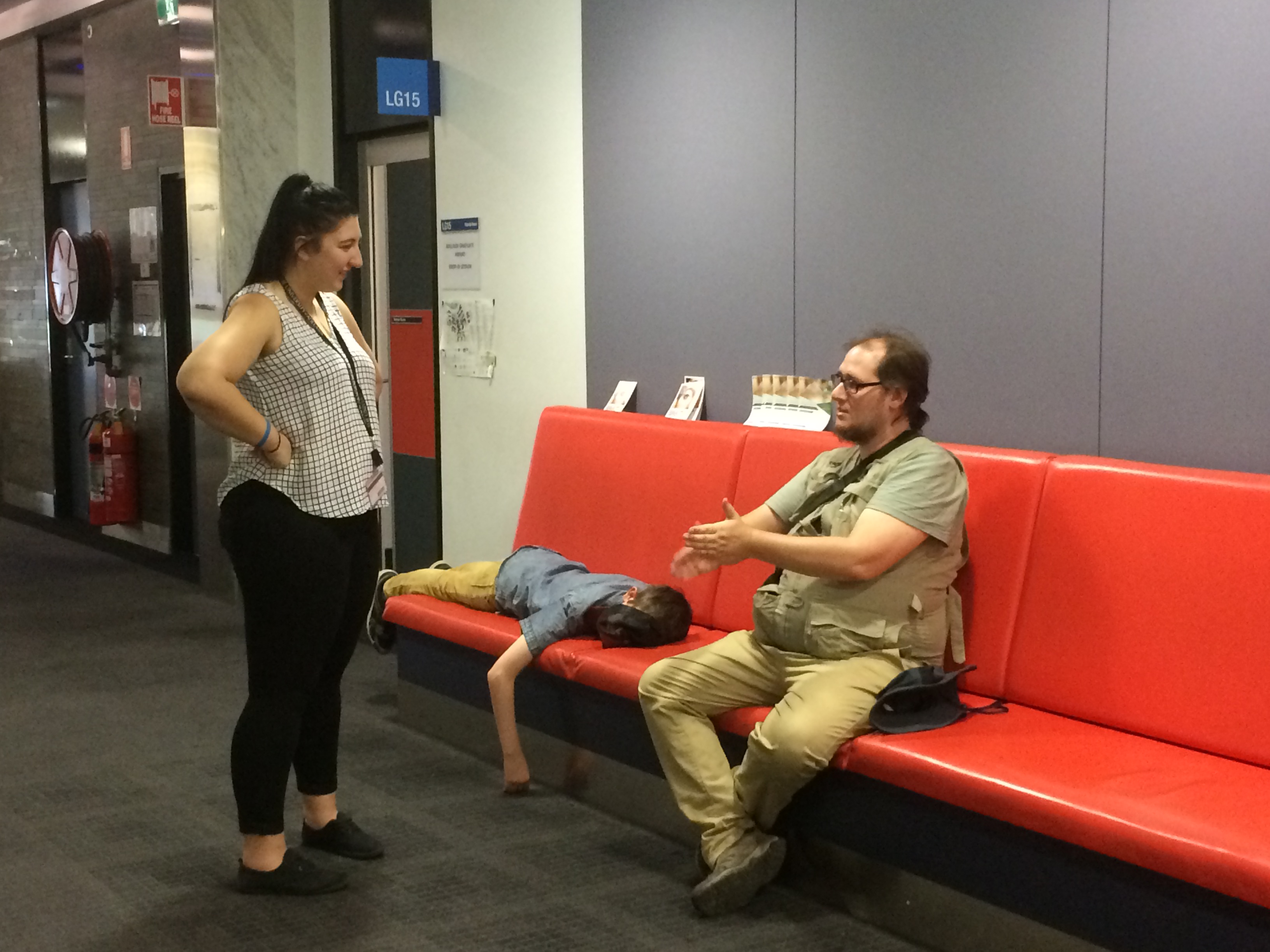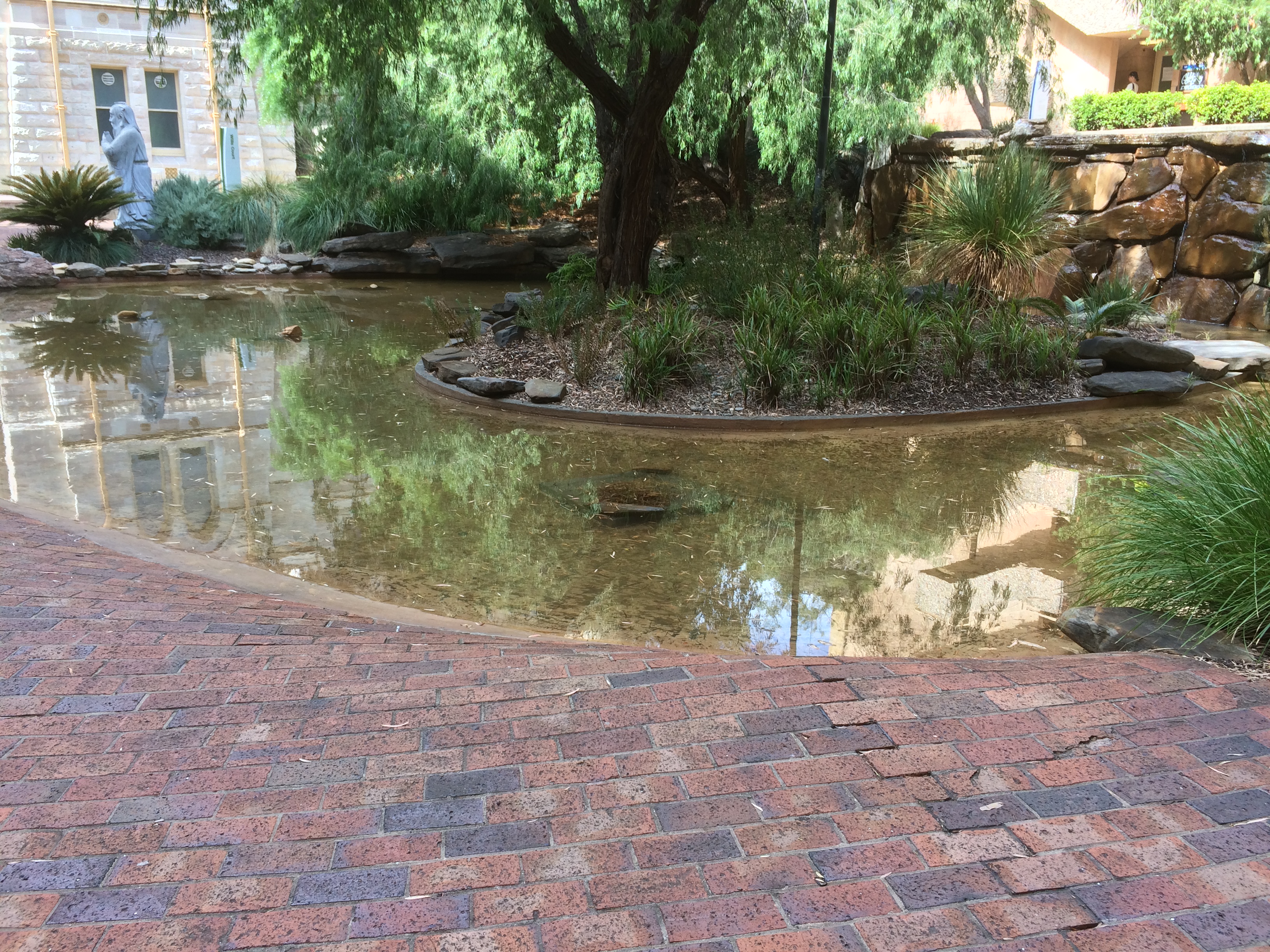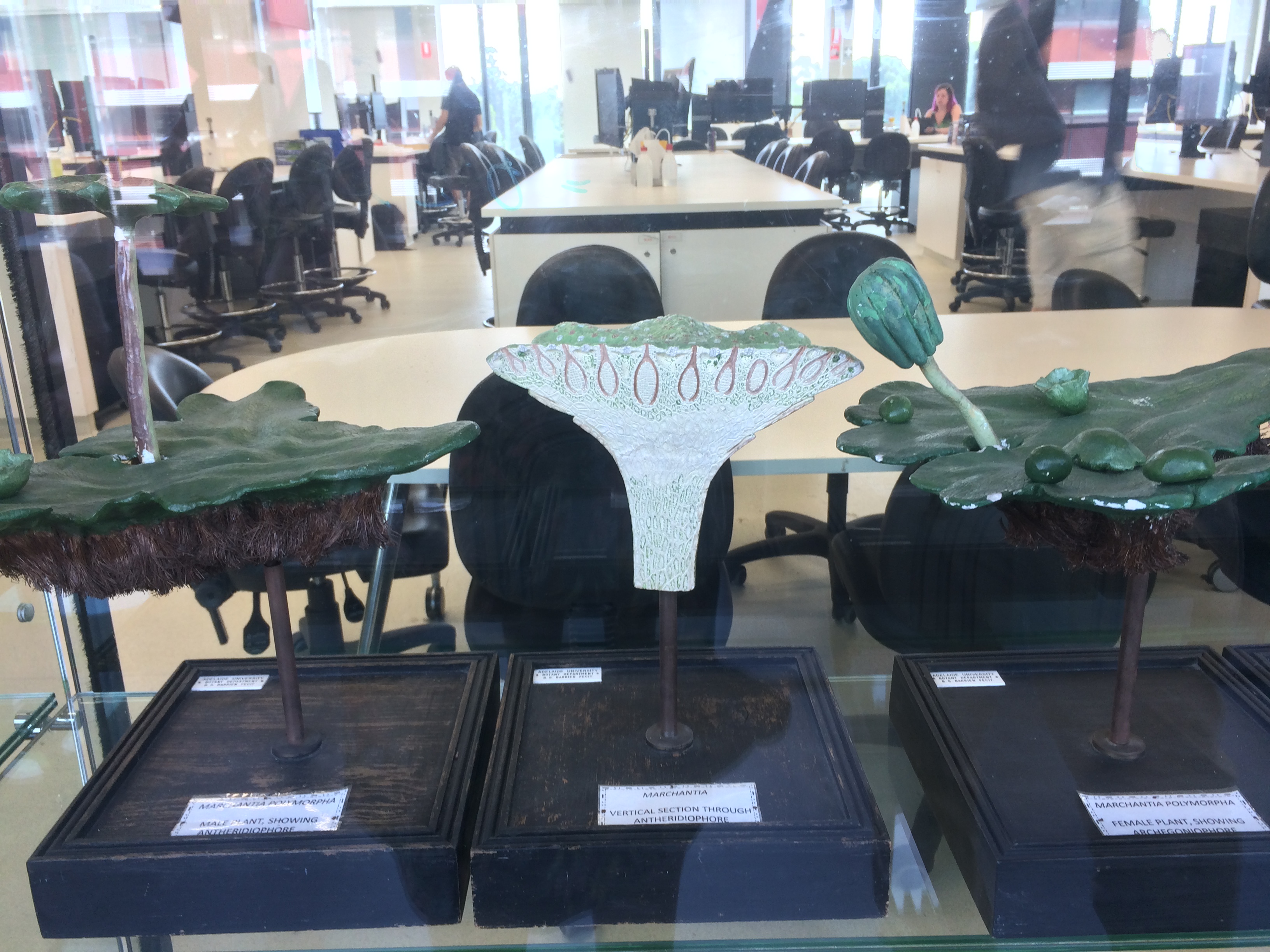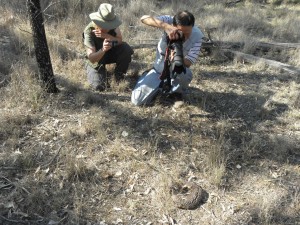Lonely Planet has named the Scenic Rim, Southeast Queensland, as one of the top tourist destinations in the world for 2022. See:

https://www.lonelyplanet.com/articles/top-things-to-do-in-scenic-rim
I’m not really surprised. It’s more surprising that it has taken so long to become world famous.
As I said in a workshop I ran for Wildlife Tourism Australia in 2019:
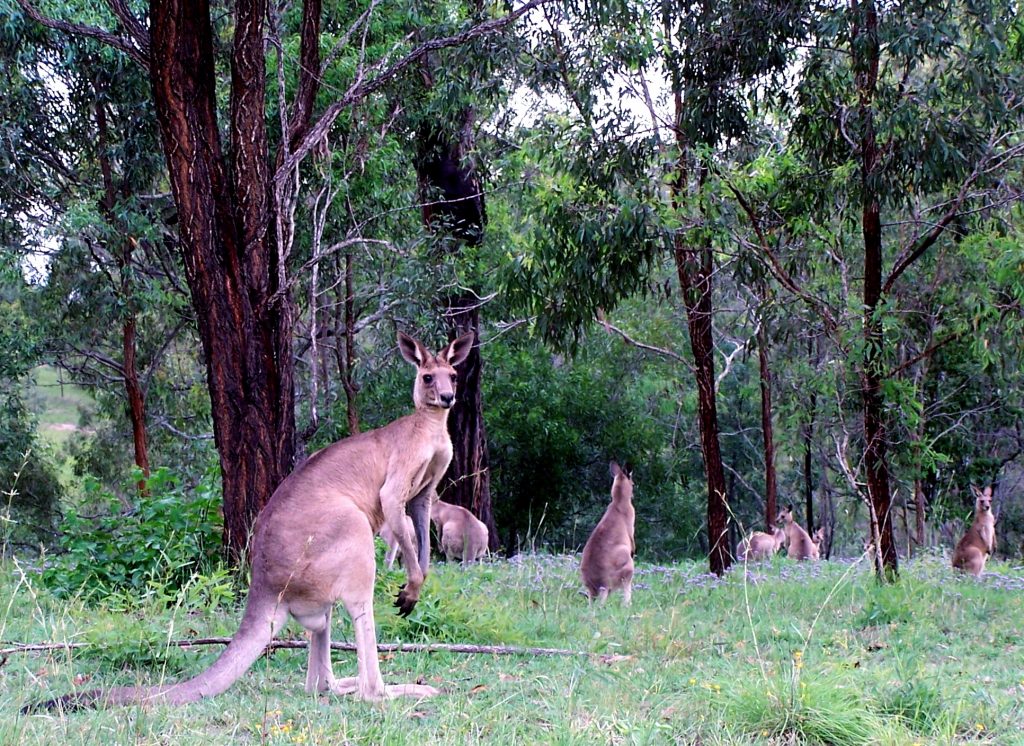

Tourism will grow here in coming decades, but must be well-planned. We have great wines, accommodation and activities, but so do many other places. Not all have the mountains, forests, birdlife, wild kangaroos etc. so close to international airports. Wildlife tourism doesn’t displace other kinds of tourism such as wine-tasting, farm-stays or general sight-seeing, but it can substantially add to it, and if it coaxes a tourist to stay another day or two the local economy will benefit, and the tourist will leave with a more rounded understanding of the region. Visitors to Brisbane, the Gold Coast and the Byron Bay area can also make a detour to include this wonderful region in their itineraries.
Kangaroos, koalas, platypus, kookaburras, cockatoos and colourful parrots and are amongst the most famous of our wildlife, no matter how commonplace they may seem to local residents. Echidnas, lyrebirds(world’s best mimic, and only in Australia), bowerbirds (astonishing architects, and only in Australia and New Guinea), wedge-tailed eagles(Australia’s largest eagle), Paradise rifle bird (the only bird of paradise outside of the tropics), carpet pythons (one of Australia’s largest snakes), goannas (our local land monitor is one of one of Australia’s largest lizards), glow worms (only in Australia and New Zealand – although young fireflies are sometimes called glow worms in the northern hemisphere) …. this is truly a part of the continent well-set to attract even more international nature-lovers than it does already.
Add to this wonderful mountain scenery, many kilometres of great walking tracks through rainforest and other forests, two international airlines nearby, several well-established tour companies for walking, birdwatching, general wildlife-viewing and general sightseeing tours that include wildlife, and potential for more, two major population centres nearby (Brisbane and Gold Coast), many excellent restaurants, campgrounds and accommodation of all levels within the Scenic Rim itself, and many opportunities to taste local foods, and the potential for much of the local Aboriginal culture to be better known, as well as the neighbouring beaches, whale-watching and theme parks of the Gold Coast for day-trips …
https://www.wildlifetourism.org.au/scenic-rim-as-a-wildlife-destination-workshop/
Is it surprising that many international tourists ask us why the Scenic Rim is not better known overseas?
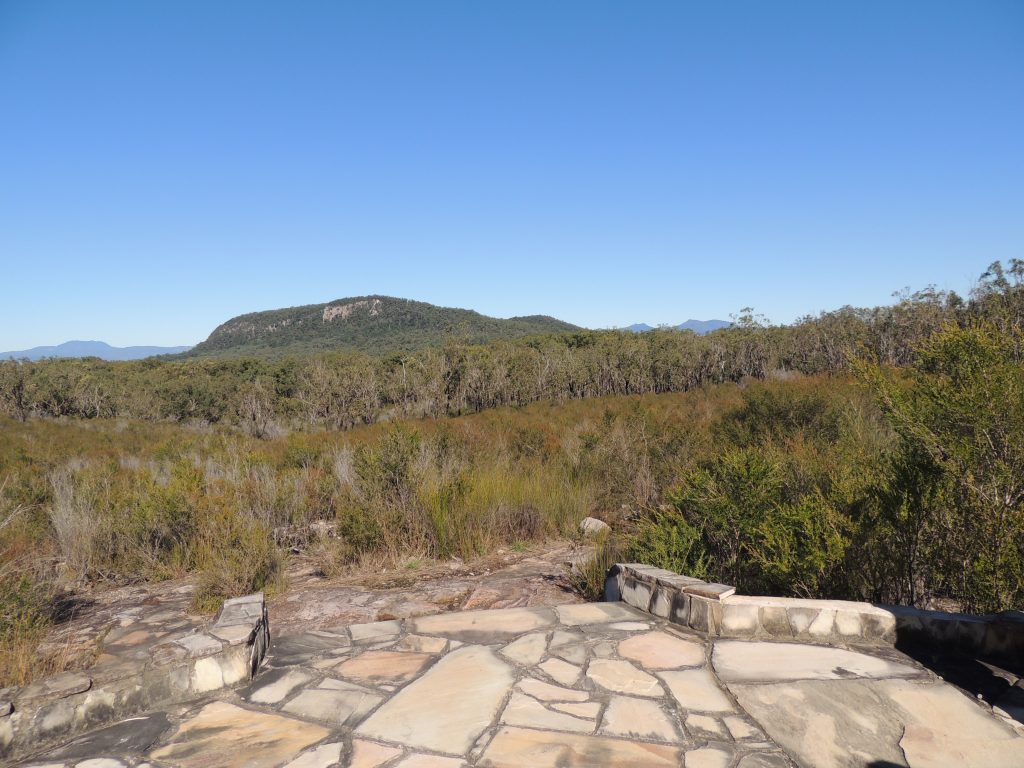
I invited the CEO of Ecotourism Australia, Mr Rod Hillman, to speak at the same workshop on the potential for the Scenic Rim to be certified as an eco-destination, a process which “assures travellers that certified destinations are backed by a strong, well-managed commitment to sustainable practices and provide high-quality nature-based tourism experiences within the region.”
https://www.ecotourism.org.au/our-certification-programs/eco-destination-certification/
Since then the mayor of the Scenic Rim Regional Council, Mr Greg Christensen, has signed an agreement to work towards such certification. https://www.scenicrim.qld.gov.au/news/article/403/scenic-rim-to-pursue-eco-destination-certification
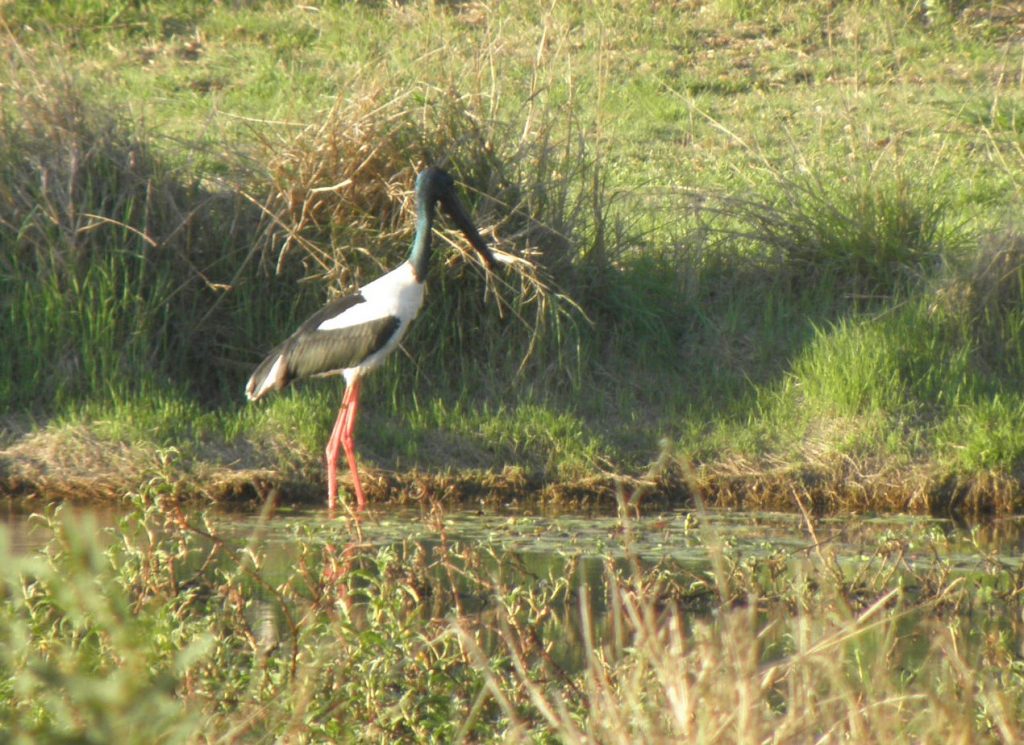
This is wonderful, as we need to ensure that while attracting more visitors into ur very special region we don’t cause it to lose the naturalness that is such an important component. This includes conserving wildlife habitat, tackling threats to wildlife, and enhancing the general environmental credentials of businesses (tourism and otherwise) in the region, in regard to waste management, water usage, buying local and other such matters.
On our own website (Araucaria Ecotours) I wrote some years ago that:

This is one of the most fertile, scenic and species-rich regions in Australia, and has a good climate year-round, World Heritage rainforests, beautiful sandy beaches and much more.
It is readily explored from major tourist destinations and population centres such as Brisbane, Gold Coast or Byron Bay
The Lamington National Park and the Border Ranges National Park together harbour the largest area of rainforest outside of the tropics, not just in Australia, but anywhere in the world. An extensive system of walking tracks which together with the moderate climate throughout the year and being in a country relatively free of major political strife, desperate poverty and large predatory animals, makes them one of the world’s safest and most accessible rainforests for visitors of all levels of fitness.This eastern border area of New South Wales and Queensland is part of the Australia’s third most biologically diverse region (after the wet tropics of Far North Queensland and the Stirling Ranges of southwest Western Australia). This is partly because of the Macleay-McPherson overlap, a geographical and climatic zone including the far southeast corner of Queensland and the far northeast corner of New South Wales, resulting in a mingling of tropical and temperate species of fauna and flora. Many plant and animal species reach their northern or southern limits here. Three gigantic shield volcanoes (Main Range, Focal Peak and Mt Warning) each erupted for about one million years between 25 and 22 million years ago, forming an arc of mountainous country extending from Toowoomba just west of Brisbane. southwards towards the border and then eastwards along the border through Moogerah Peaks, Mt Barney and Lamington National Parks to Springbrook. These mountains now trap much of the moist air coming in from the Pacific Ocean, and the volcanic rocks have contributed many nutrients to the soil, endowing the whole area with richer soils and better rainfall than most of Australia.
Habitats include cool-temperate forest with Gondwanan-linked Antarctic beech trees and a profusion of ferns and mosses on the mountain tops, lush palm gullies and massive trees in the warm subtropical rainforest, and “dry rainforest” (where plants are adapted to winter droughts on the western slopes, in a “rain shadow” of the high country to the east, which has first serve of the clouds rolling in from the Pacific Ocean). There are also several kinds of eucalypt forest, ranging from low mallee heath to tall majestic forests, as well as sheoak communities fringing creeks and rivers, mountain heathlands, swamps and lagoons, and other habitats.
Birds tend to be active (and often vocal) most of the day in the rainforests (as compared to more open habitats where they tend to be quieter after mid-morning). Over half the bird species of Australia, including all of its raptors (eagles, falcons etc.) have been seen in this region. Migratory birds such as koels, channel-billed cuckoos, dollarbirds and rose-crowned fruitdoves and many wading birds visit regularly, while many others appear less predictably as nomads or vagrants. Many others are present year-round.There are more mammal species in this region than anywhere else in Australia, including the country’s richest diversity of macropods (members of the kangaroo family), and some of iconic species such as koala and platypus, as well as five species of gliding possum and the largest mainland marsupial predator (spotted-tailed quoll, a small relative of the Tasmanian devil). A few local mammals are large and conspicuous (eastern grey kangaroo, whiptail wallaby) but many are small, shy and nocturnal, and so rarely seen.
https://www.learnaboutwildlife.com/southeastqueensland.html
There is a rich diversity also of reptiles, frogs and other wildlife. Land-snails that trace their ancestry to Gondwana days are diverse, and colonies of glow worms (larvae of fungal gnats, NOT fireflies) can be seen at night on moist rocky ledges near creeks amid the fiorest.
Many resident creatures are found nowhere else, including the hip-pocket frog (the male shelters the eggs and tadpoles in groinal skin-folds), Albert’s lyrebird (one of the world’s greatest mimics), the highly endangered Coxen’s figparrot, the Lamington cray (a blue or red freshwater crayfish of mountain streams) and the Richmond birdwing (Australia’s second-largest butterfly).
I’ve also written about the natural history of the Scenic Rim in a bit more detail on the website for the Scenic Rim branch of Wildlife Queensland:
https://scenicrim.wildlife.org.au/the-region-its-wildlife/wildlife-of-the-scenic-rim-overview/
Two of Australia’s oldest ecotourism ventures, O’Reilly’s and Binna Burra, established long before the word “ecotourism” existed , are within the Scenic Rim.
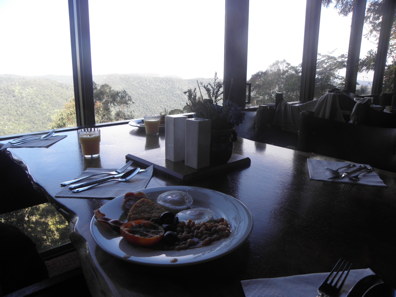
The emphasis within the Scenic Rim in recent years on eating local product is good for the environment (less fossil fuel used to cart foods for long distance), good for local producers, and good for visitors from afar who want a genuine taste of local fare. Some venues also include locally native herbs, spices and leaves in their meals.
My love affair with the Scenic Rim started many years ago.
As a child growing up in Adelaide, the driest of all Australia’s capital cities (and this in the driest of all non-polar continents), reading everything I could on animals of the world, both fact and fiction (e.g. Kipling’s Jungle Stories), I longed to visit rainforests.
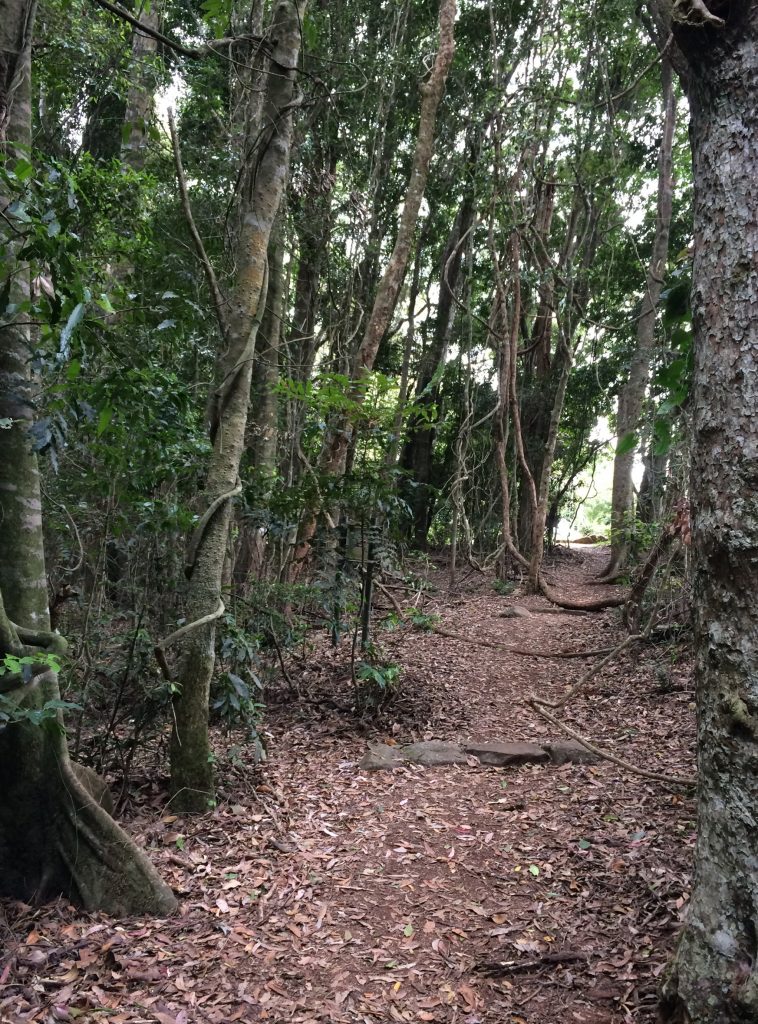
I was tremendously excited when my parents decided to head to Queensland and spend a week at Binna Burra, on the edge of Lamington National Park. I still remember my thrill at seeing my first epiphytes on the trees by the roadside, my first experience of being alone in a rainforest, watching a active little rufous fantail, hearing what were then (to me) the strange calls of whipbirds, currawongs and catbirds, finding a variety of attractive moths under the lights of the bathroom at night, walking through wonderful lush forests and looking out over valleys that had no sign of human interference, thinking that this must have been how the Indigenous Australians saw them, how it was even before they arrived.
I later wrote a school essay on the place I wanted to live, but trying to decide between the Rocky Mountains of Canada (which I had visited with my parents the previous year) or Southeast Queensland near the rainforests.

Just over 40 decades ago I took my husband and infant daughter for a 2-week camping trip to Binna Burra, and they loved it too. Two years later we found a property a little to the west of Lamington National Park, with a beautiful creek, rainforest on the property and another national park (Mt Chinghee) adjacent to us, and have been here ever since, with no regrets.
I continued to visit Binna Burra, and for one summer was seasonal ranger in charge of interpretive activities. I also led interpretive walks and other activities at O’Reilly’s Rainforest Retreat on the other side of the national park, and brought the family to the opening of the world’s first canopy walk within a rainforest.
Gradually we continue to explore other parts of the Scenic Rim, a truly wonderful region.

My post-doctoral research on birds that disperse the seeds of rainforest plants (Green, R. J. 1993. Avian seed dispersal in and near subtropical rainforests. Wildlife Research 20: 535-557) was conducted almost entirely within the Scenic Rim politically (the Scenic Rim Regional Council area) and entirely within the broader, geographic definition which includes the Border Ranges of northern New South Wales, adjacent to Lamington National Park
In 1996 we decided to start leading ecotours to share our love of the area and also as a way of introducing visitors to Australia’s wildlife generally, as there is such a diversity of examples to show them here. Accordingly, I converted the lecture notes from a course I convened at the Southern Cross University in Lismore to a booklet offering a comprehensive introduction to Australia’s wildlife, and we started our first tour, a 3-day wildlife tour that was a kind of mini-course in Australia’s wildlife while visiting a number of different habitats. We later added some one-day tours and some other multi-day ones.

We had some fun trying out different restaurants for lunches and dinners and selecting those with great atmosphere and great foods, as well as exploring new places such as the Glow Worm cave at Cedar Creek Estate and the Tamborine Skywalk, a more recent opportunity for visiting a rainforest canopy.
The 3-day wildlife tour is still running (or rather running again, now Covid lockdowns are easing). It has changed route somewhat but still has the same aims, and my booklet, which we still give to our multi-day tour guests, is now developed into a book, “Understanding Australia’s Wildlife: An Easy-to-Remember Overview of Australian Animals and Why They are so Different”.

Green Publications, Running Creek, Queensland https://www.amazon.com.au/Understanding-Australias-Wildlife-easy-remember-ebook/dp/B08RJ4JY8K/ref=sr_1_1?
We are starting once again to offer a range of tours, both one-day and multi-day to fully-vaccinated guests https://www.learnaboutwildlife.com/tours.html, and look forward to once again showing our visitors what a wonderful area this is.
I was devastated to hear the news of the terrible fire at Binna Burra in 2019 that burned down the cosy, welcoming lodge with its fireplace, dining hall, souvenir shop and library, and all the old heritage cabins. So many great memories, and although I’ve walked amongst the ruins, there are times I still can’t quite believe that I can’t just drive up there and find everything the same as it used to be. In fact just writing this has brought new tears to my eyes. It was such a special place. But the campground remains, and the Sky Lodges, and there are great plans for its future. And the forest itself, apart from some of the eucalypt forest around the edges, is still there and hopefully always will be.


